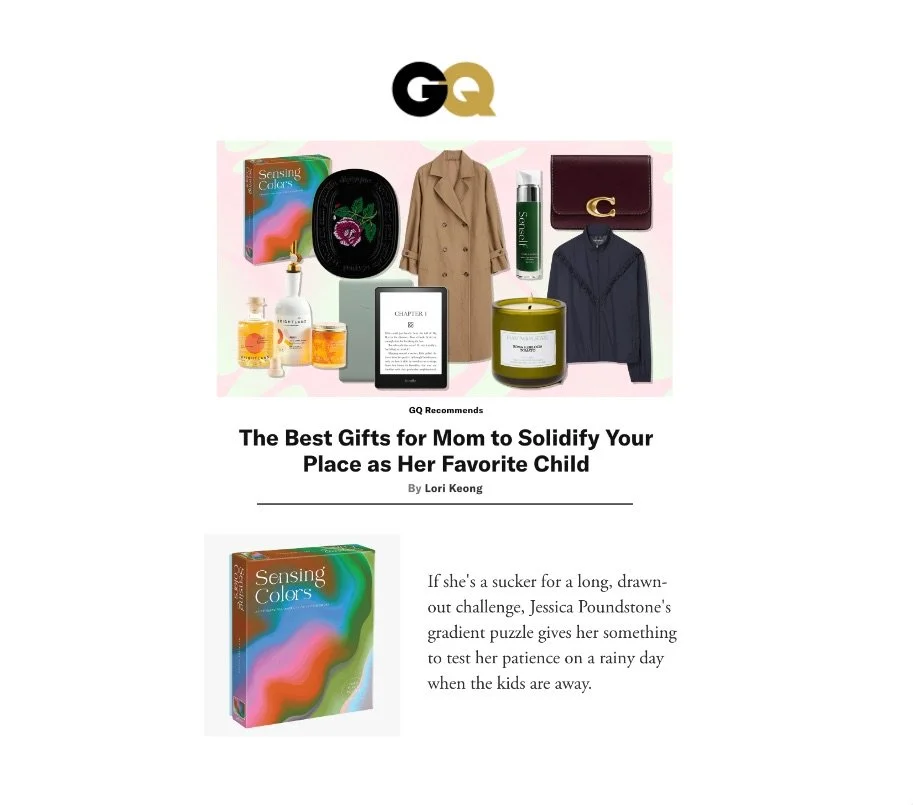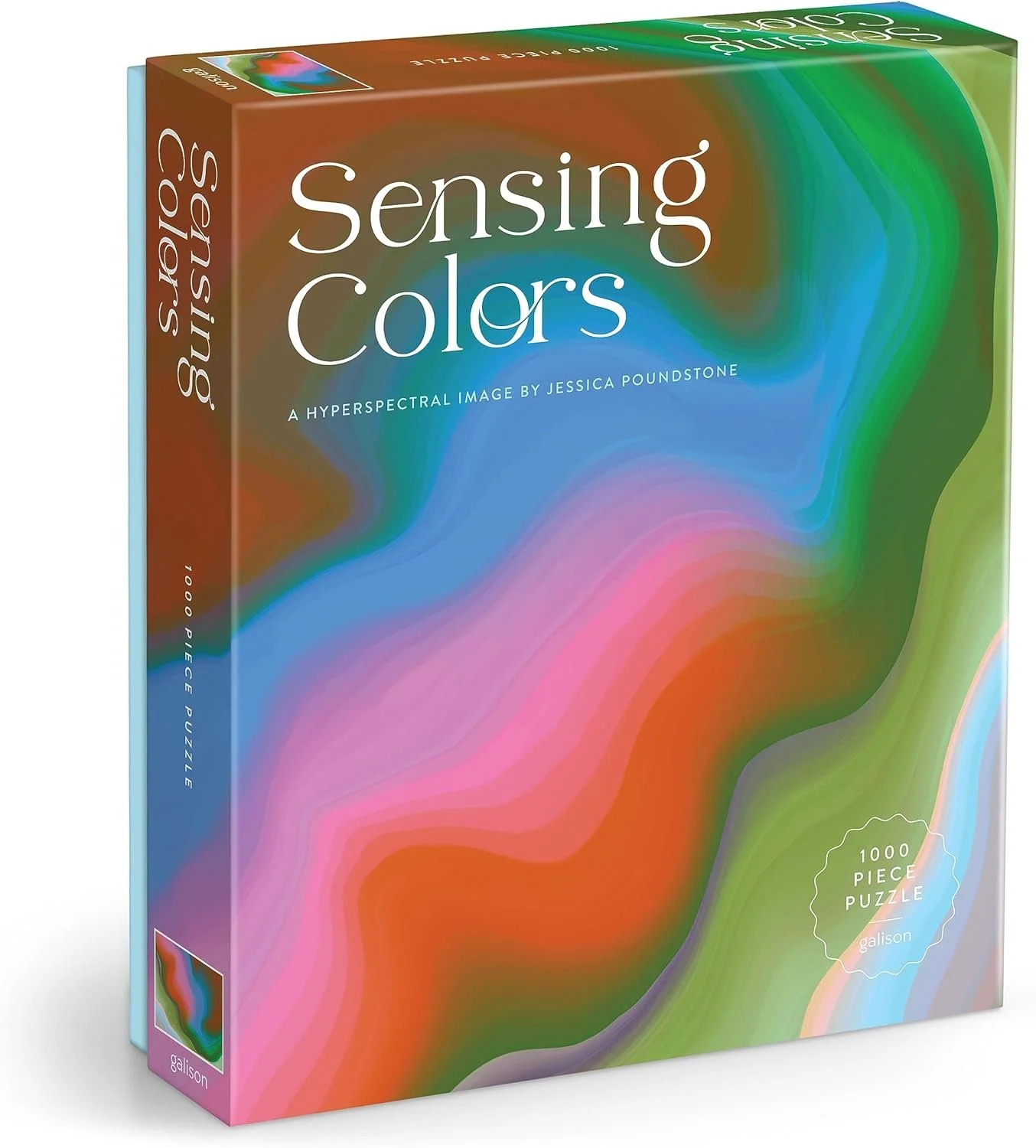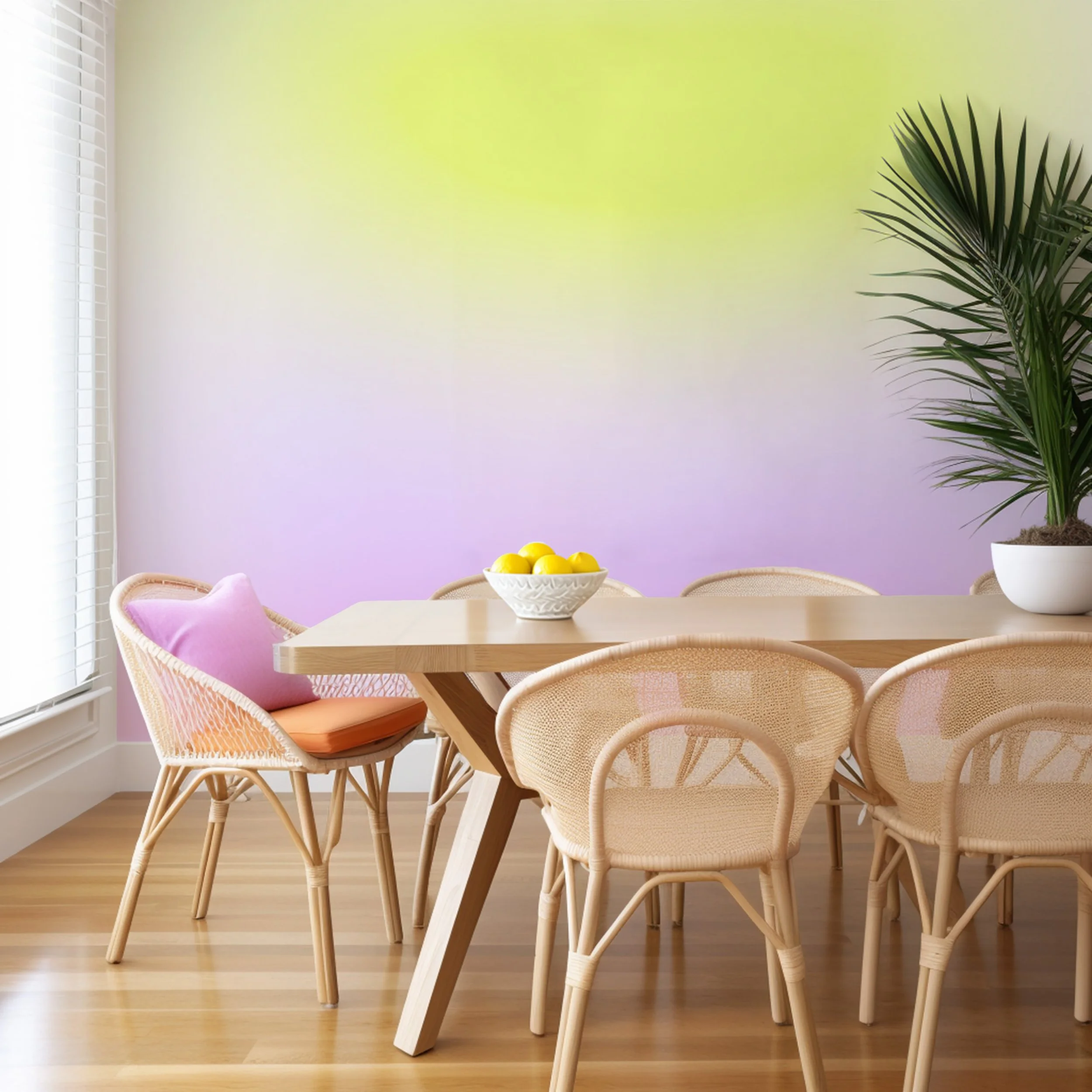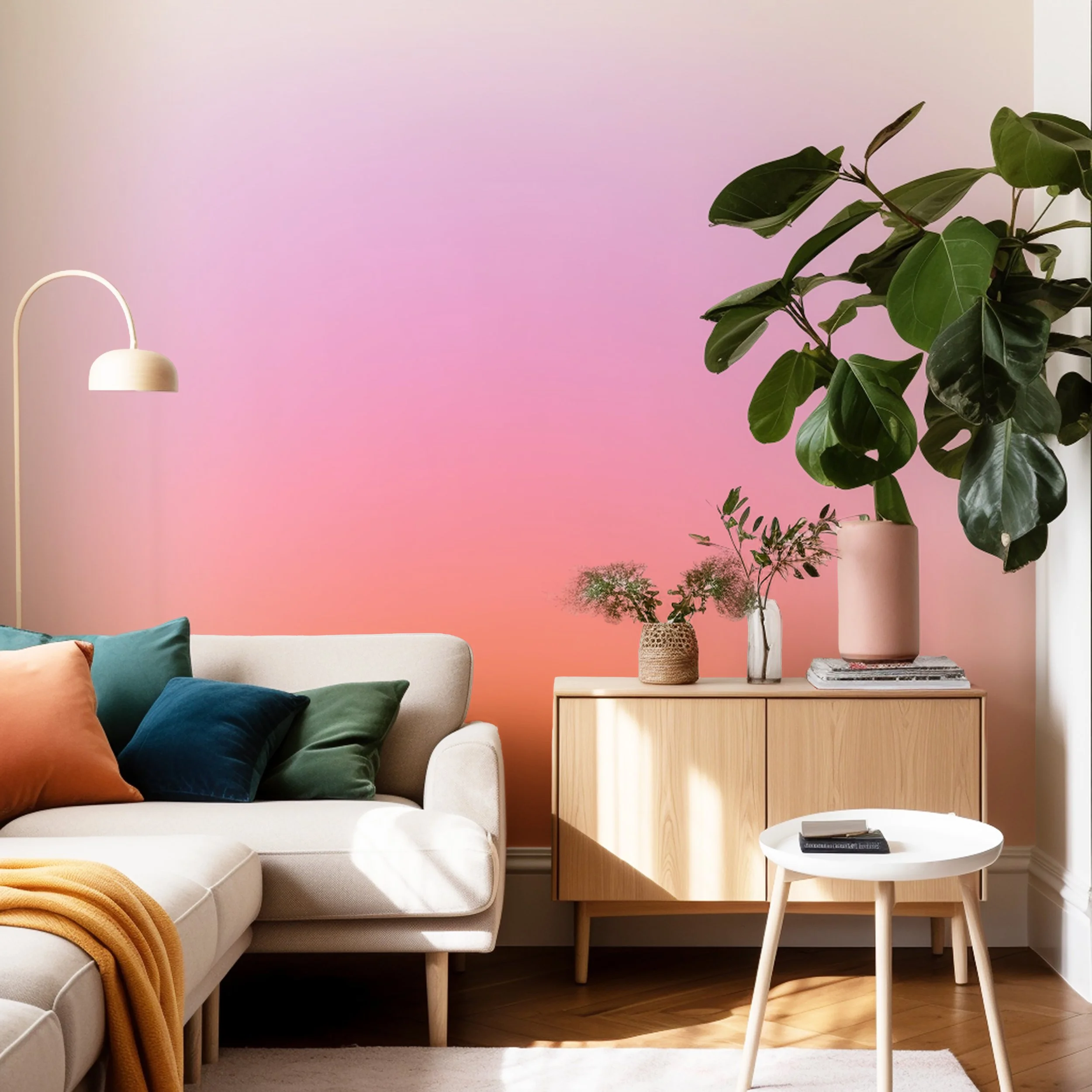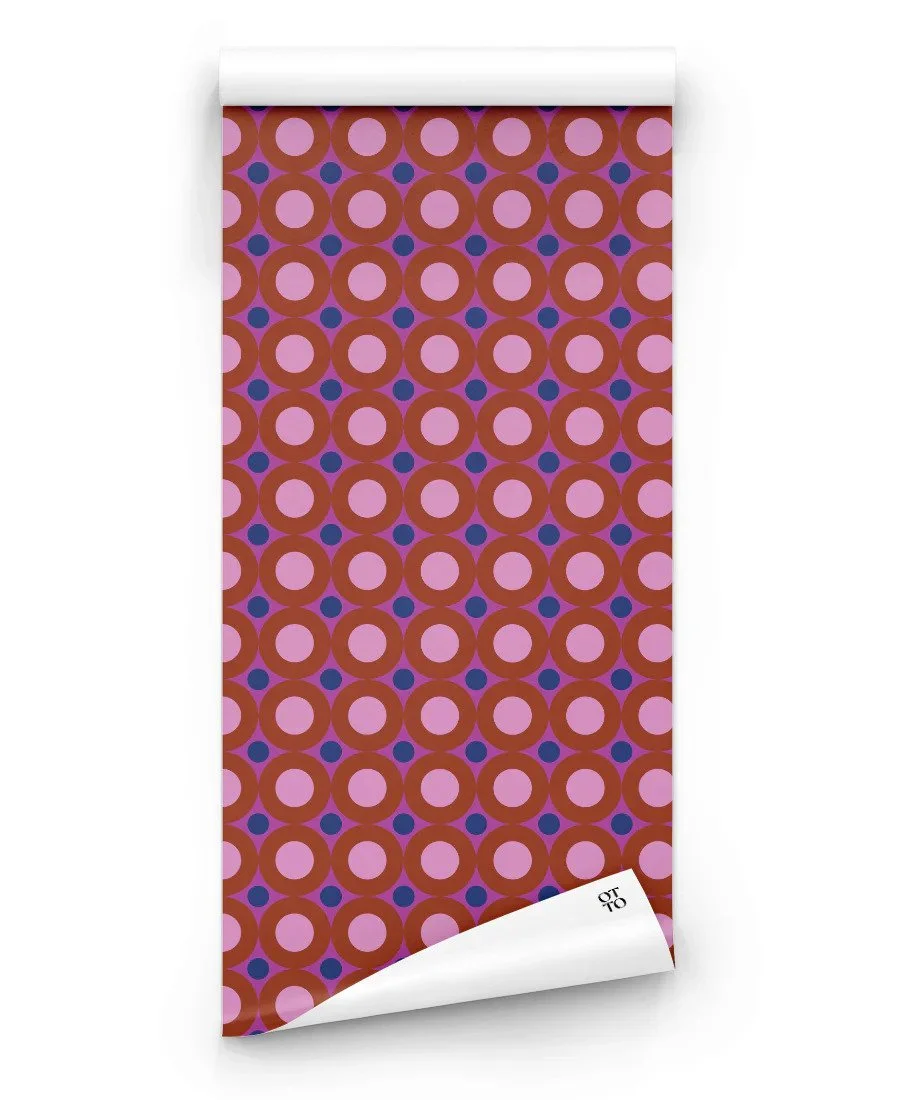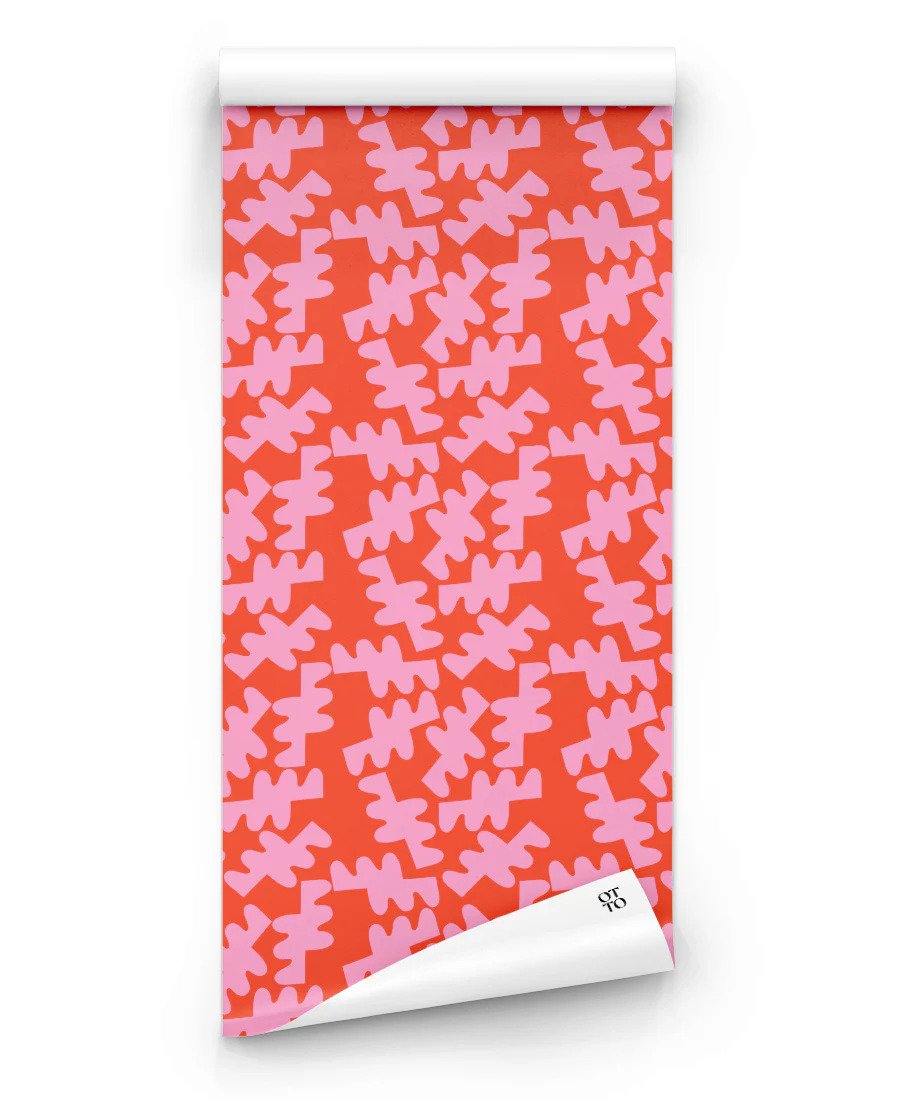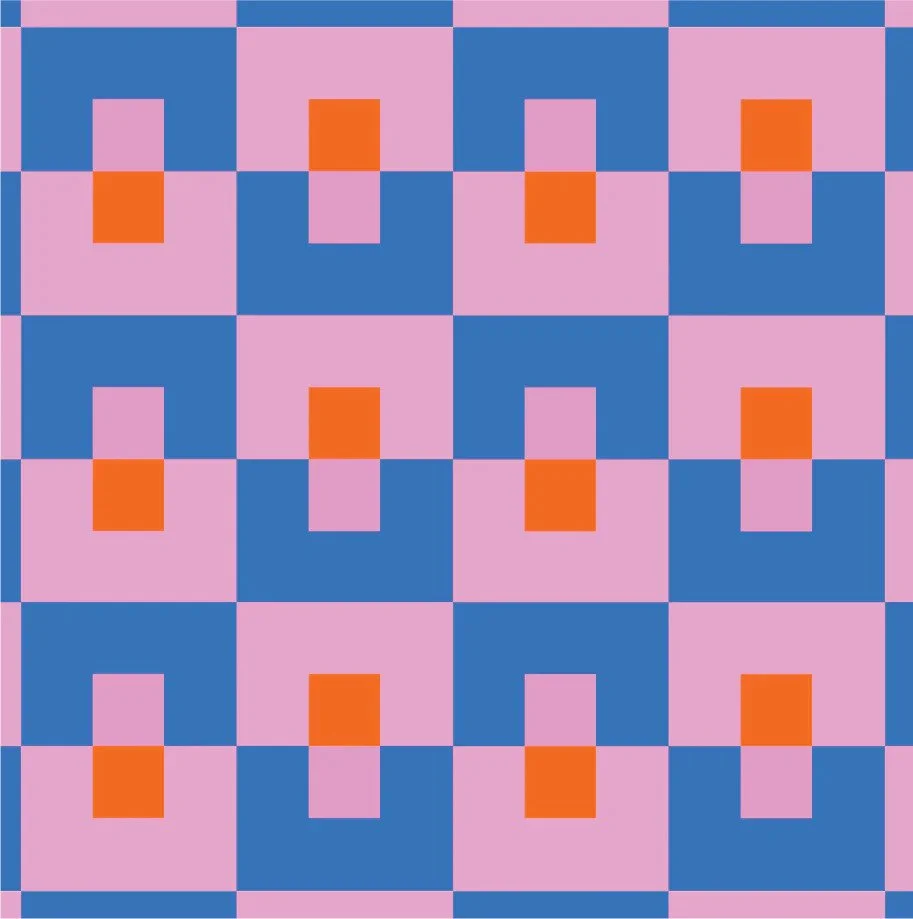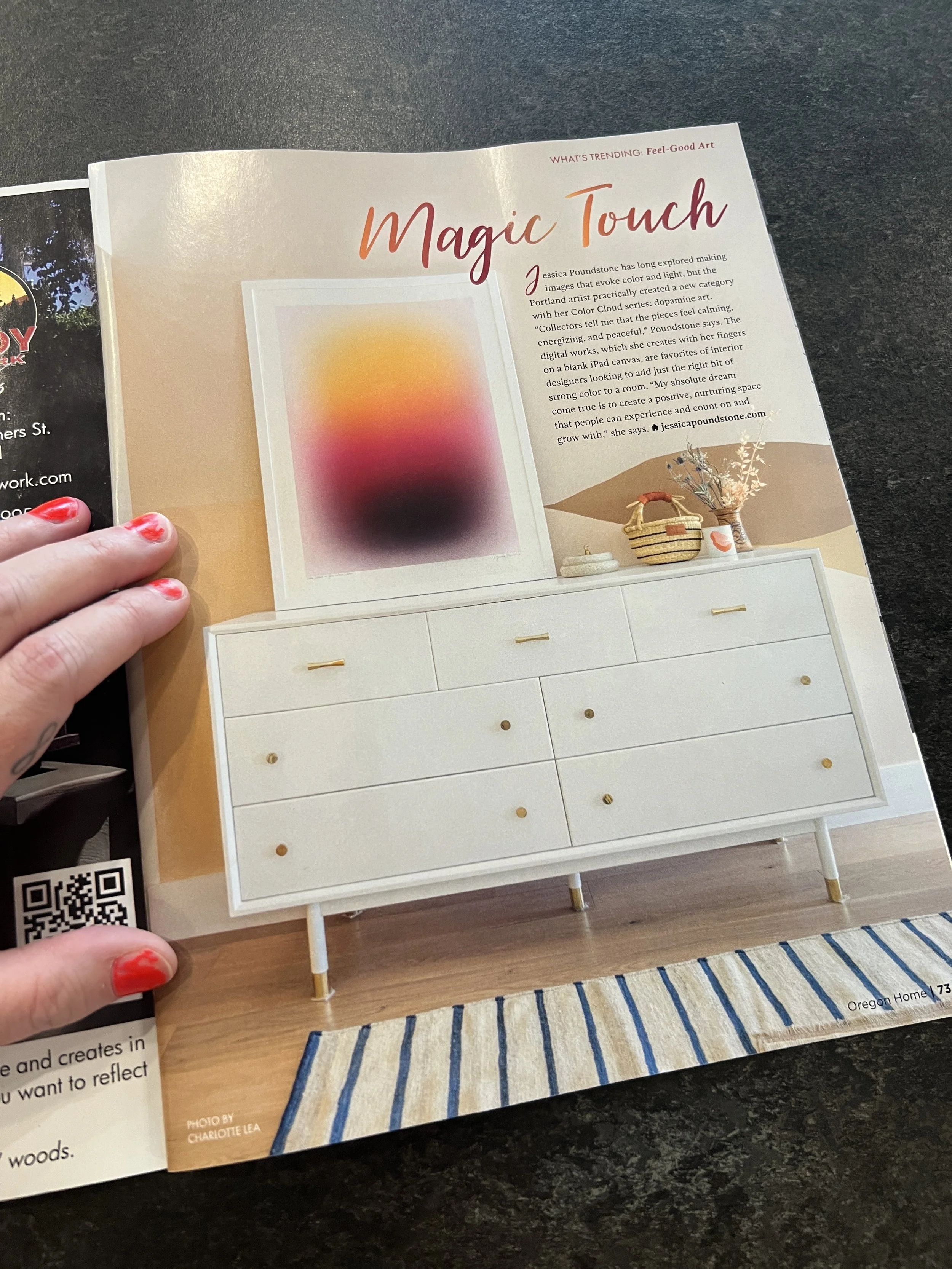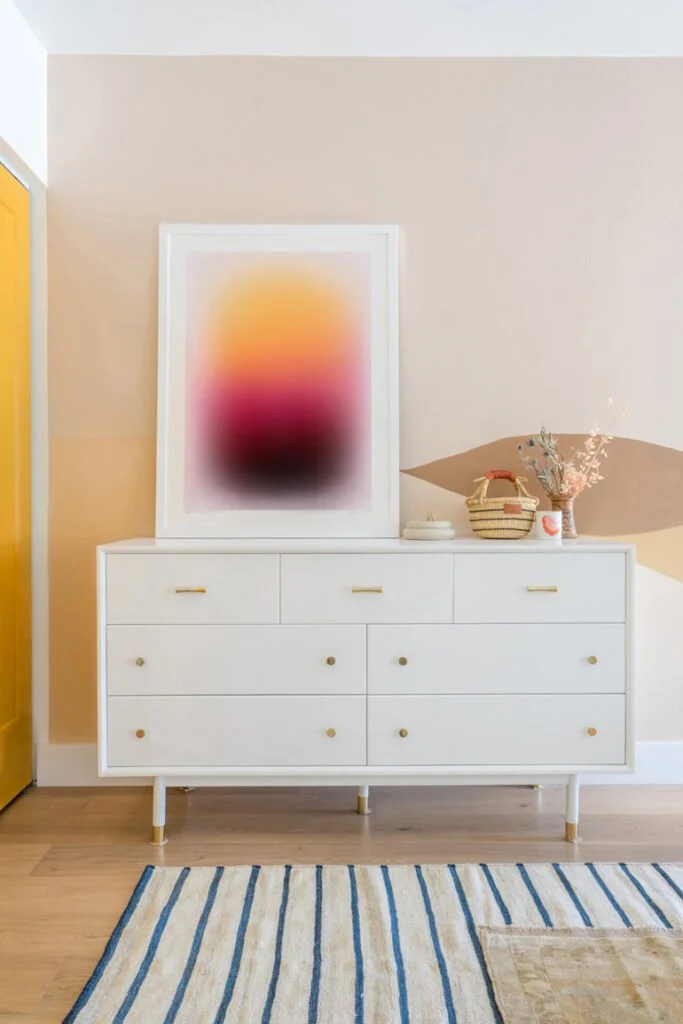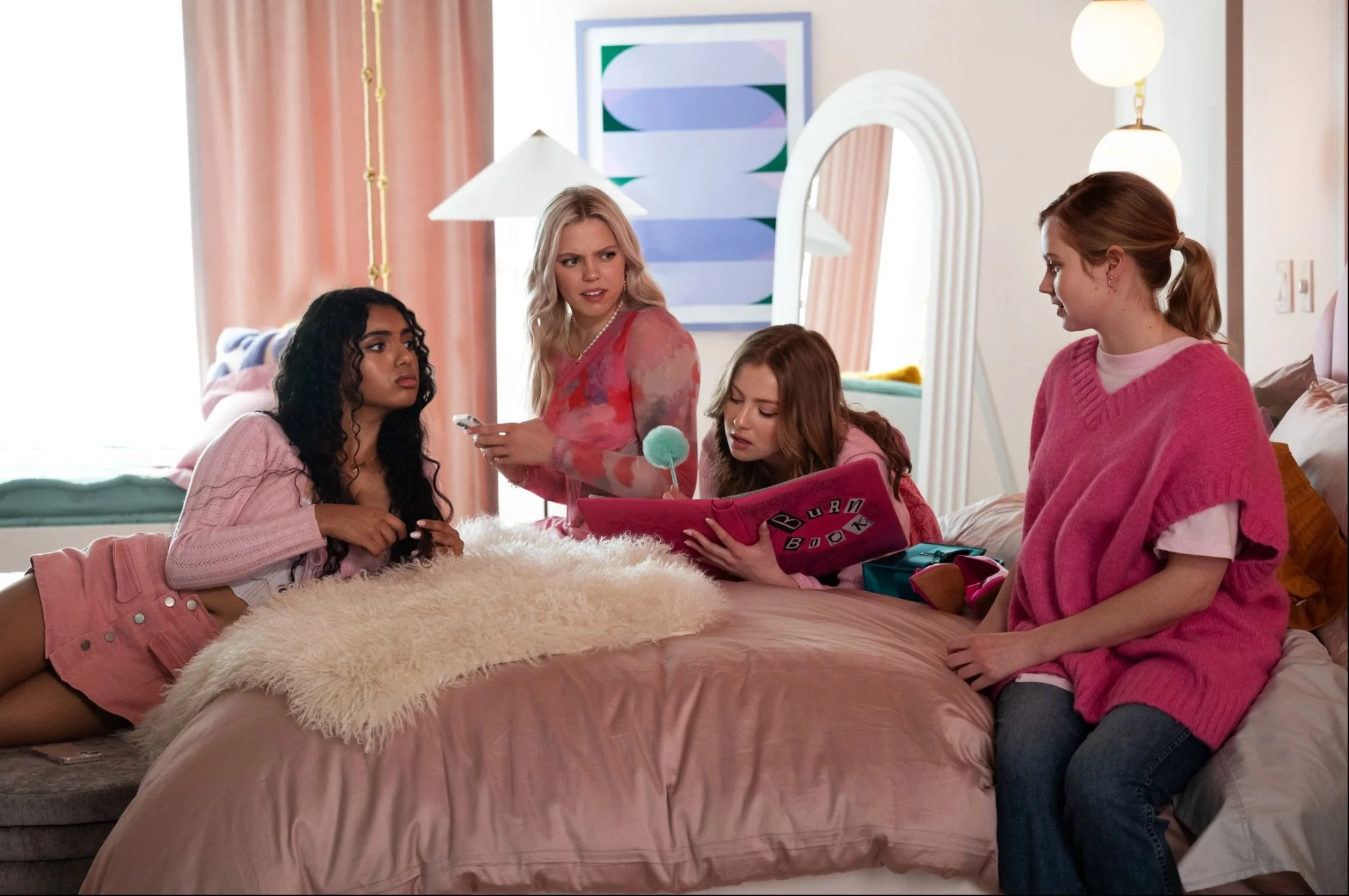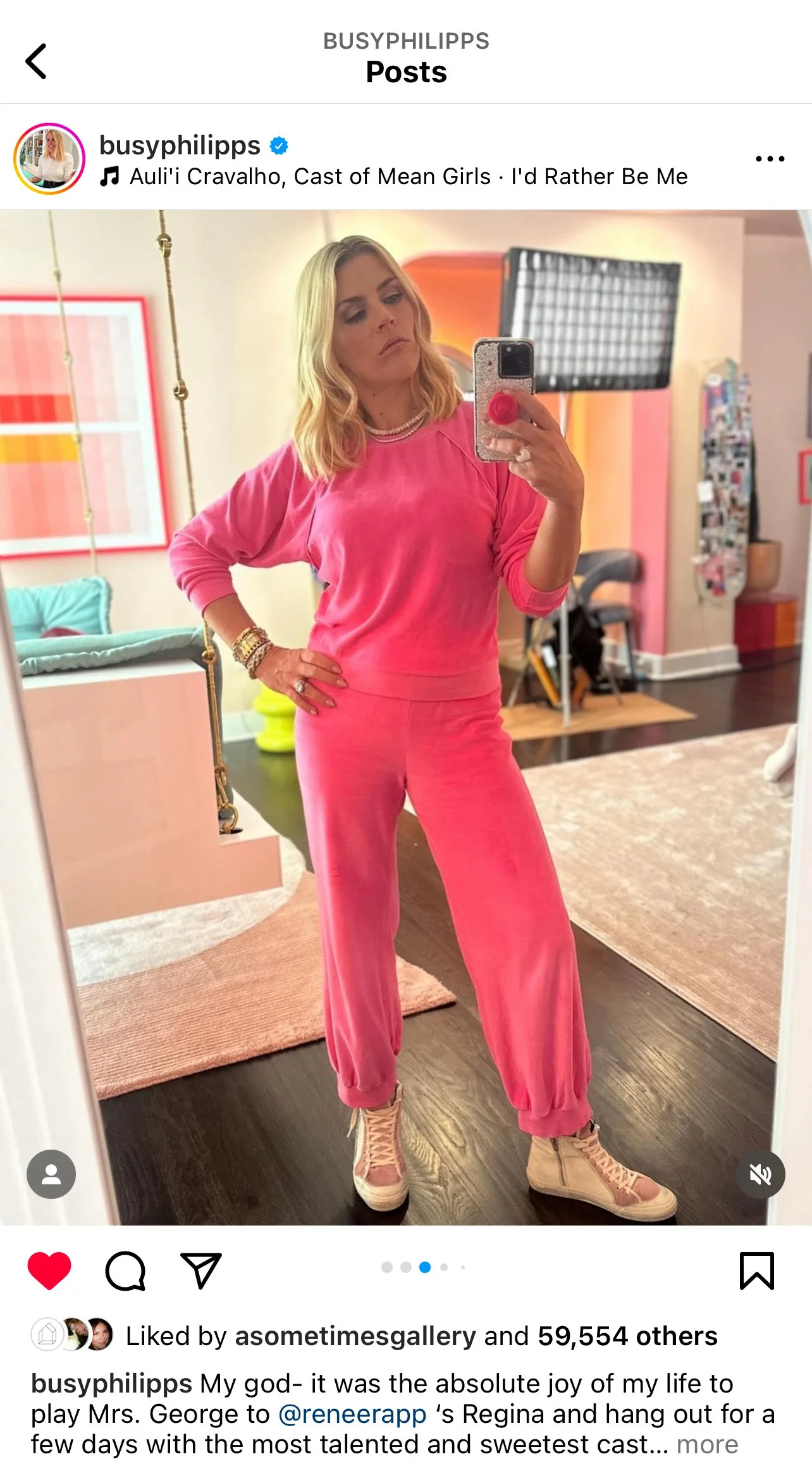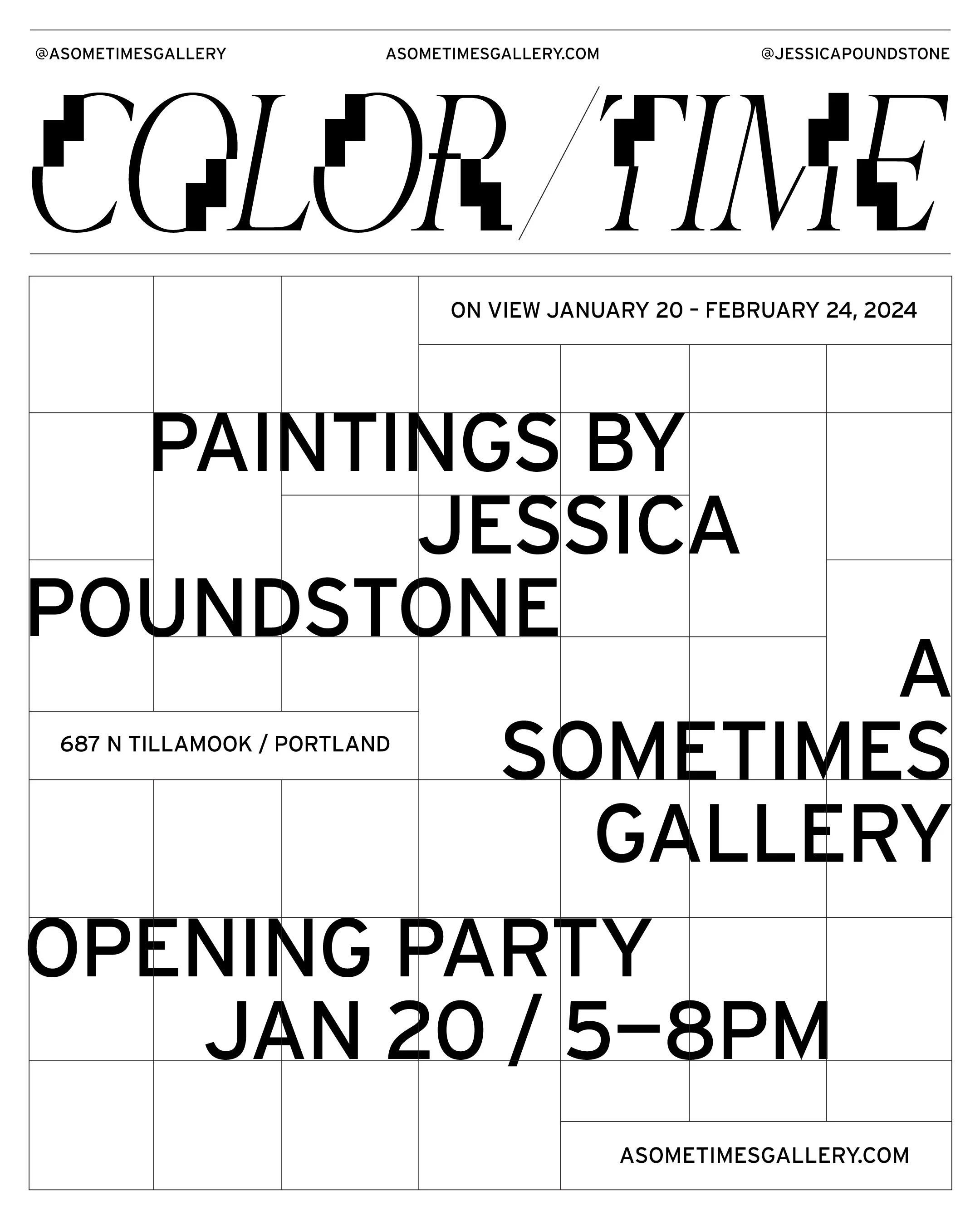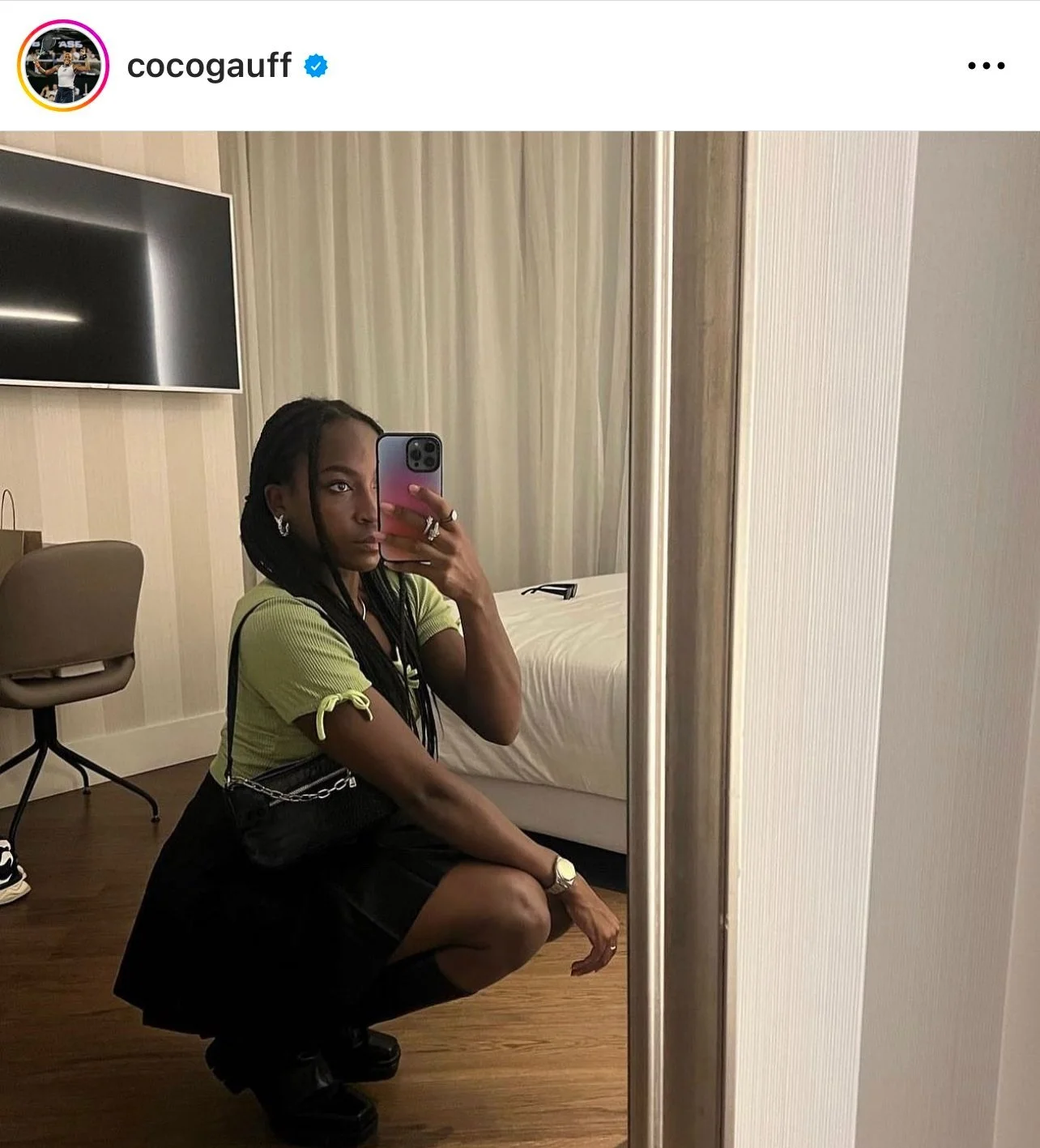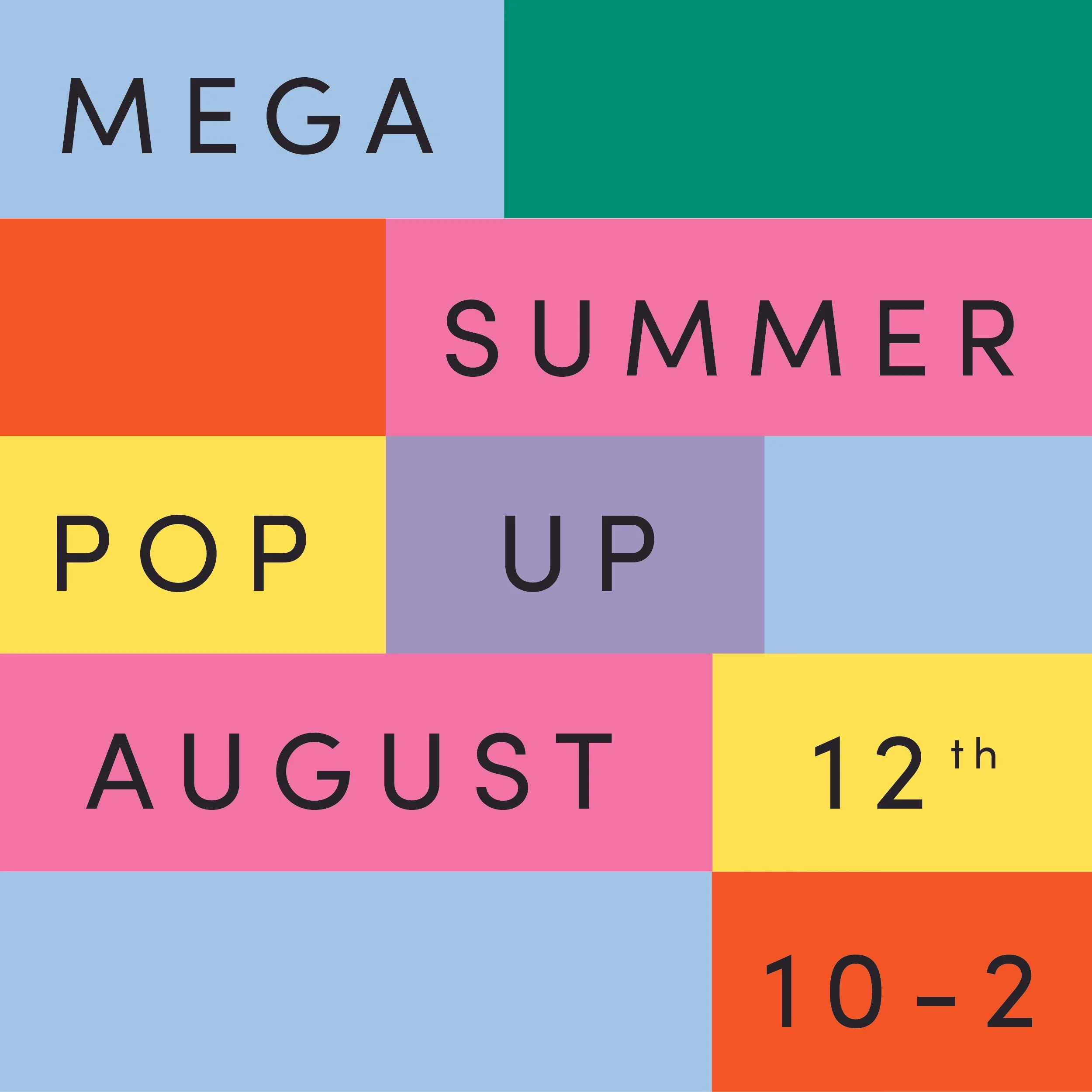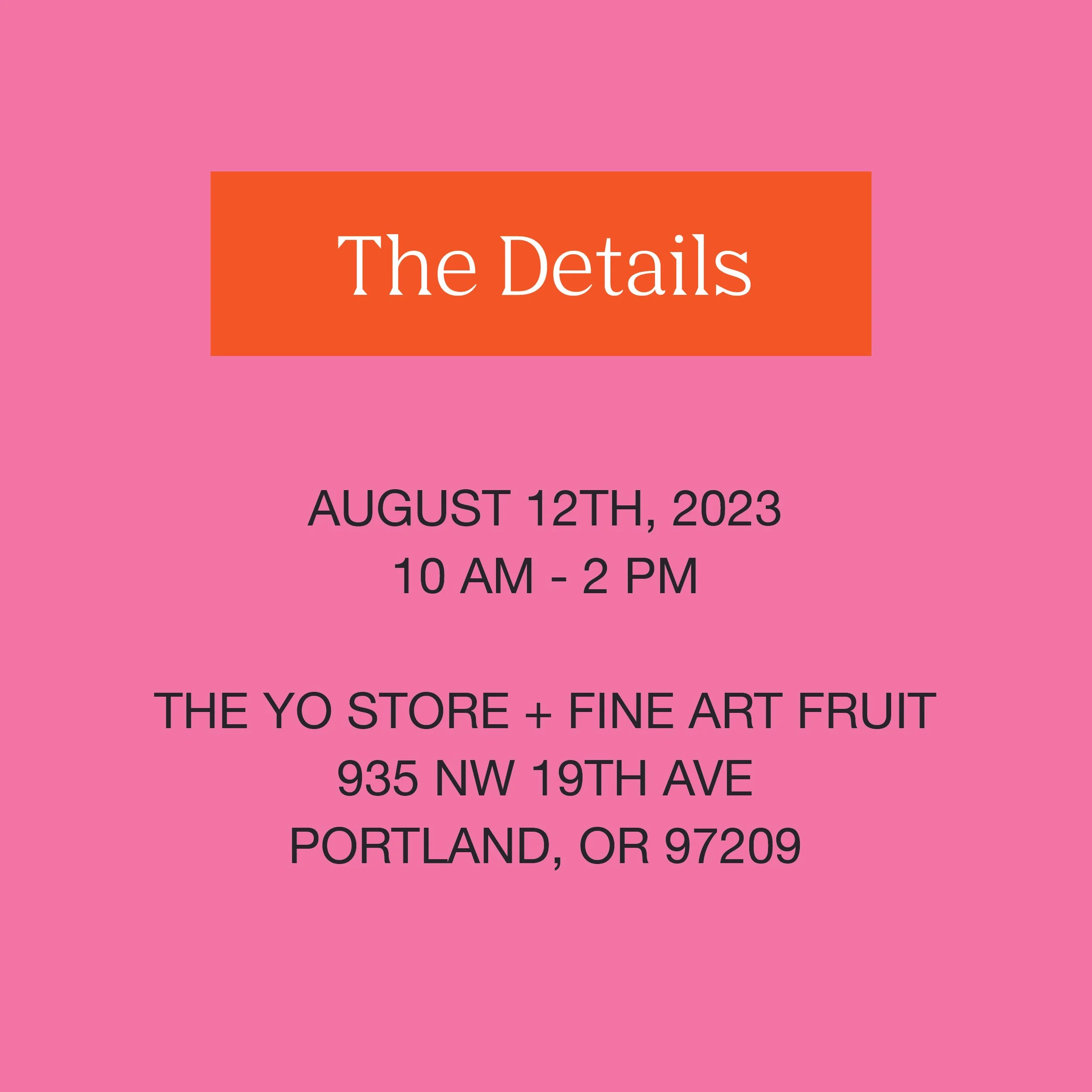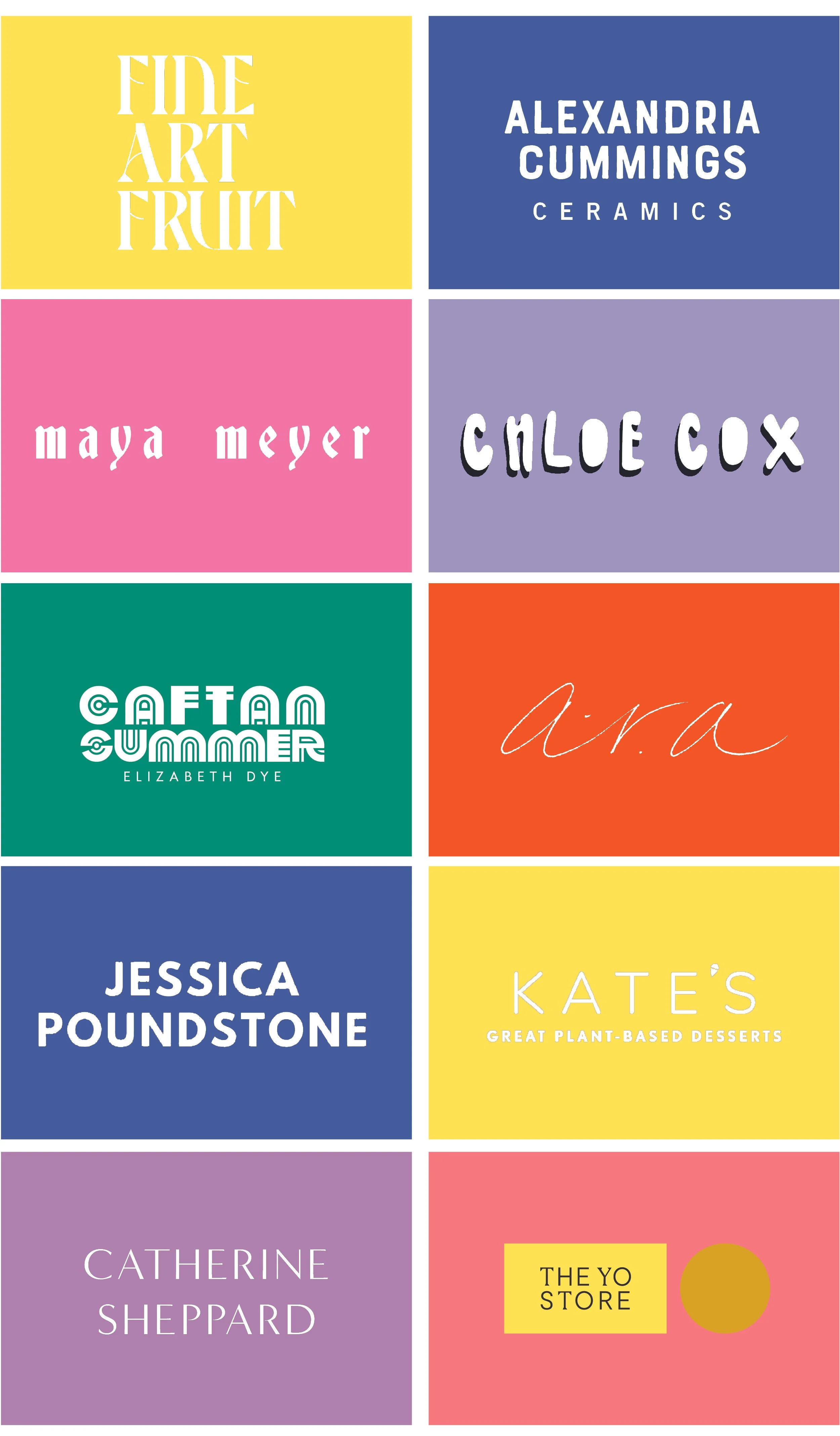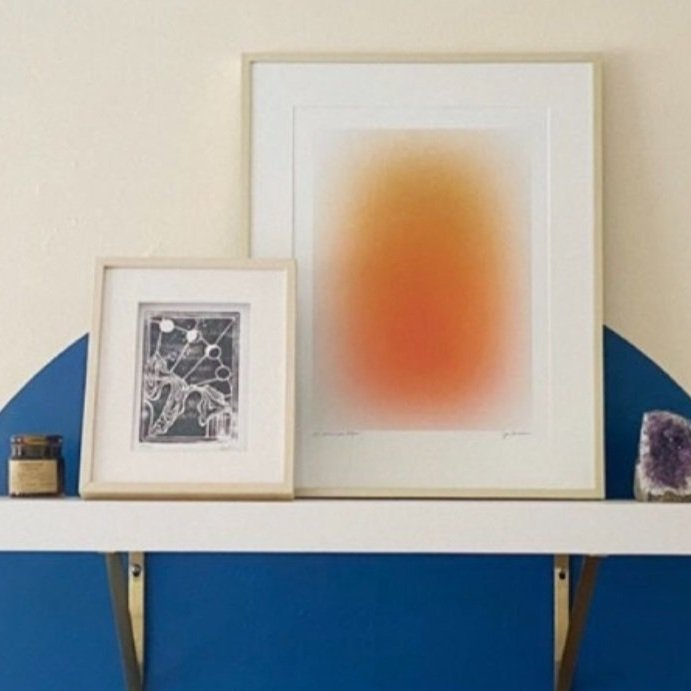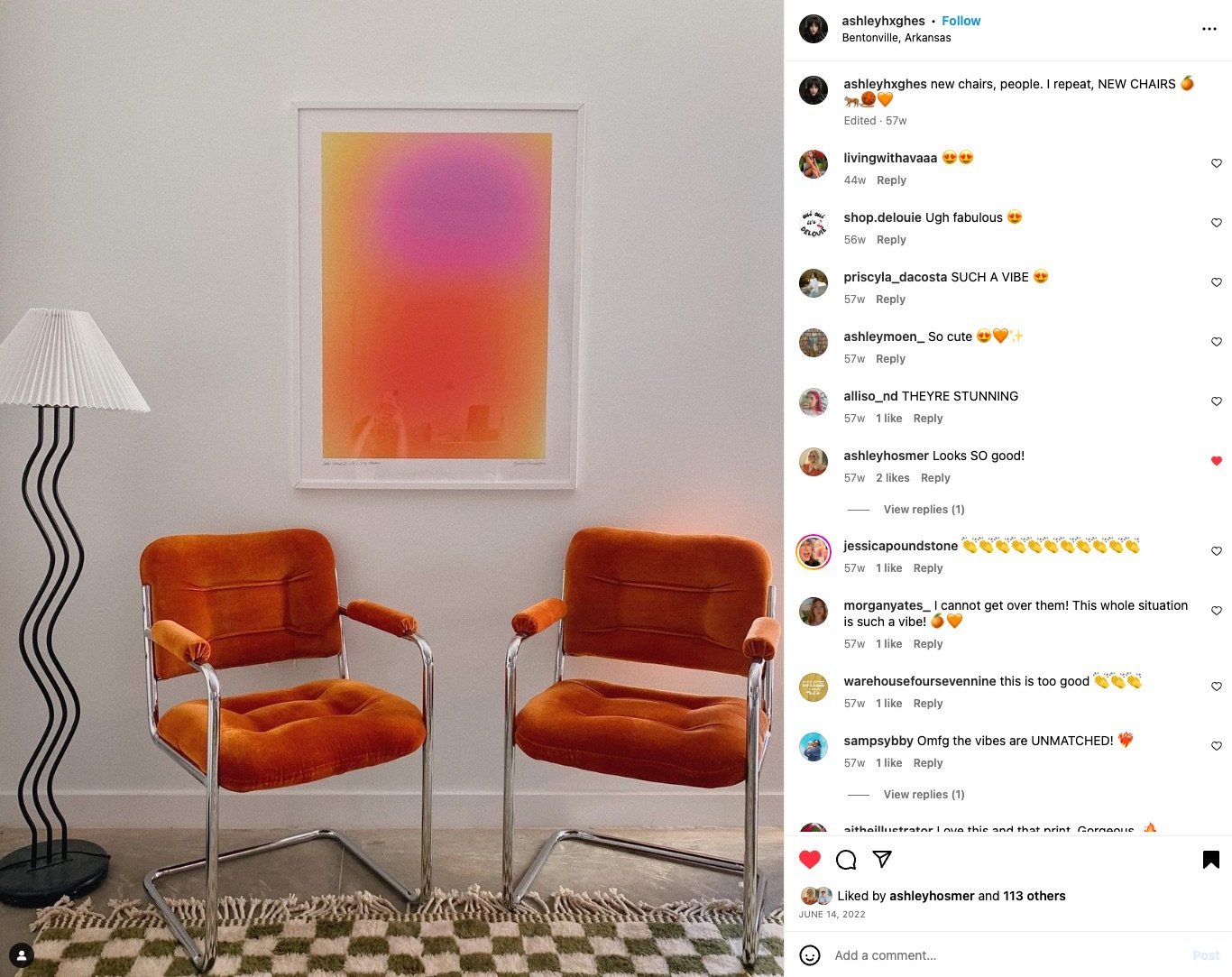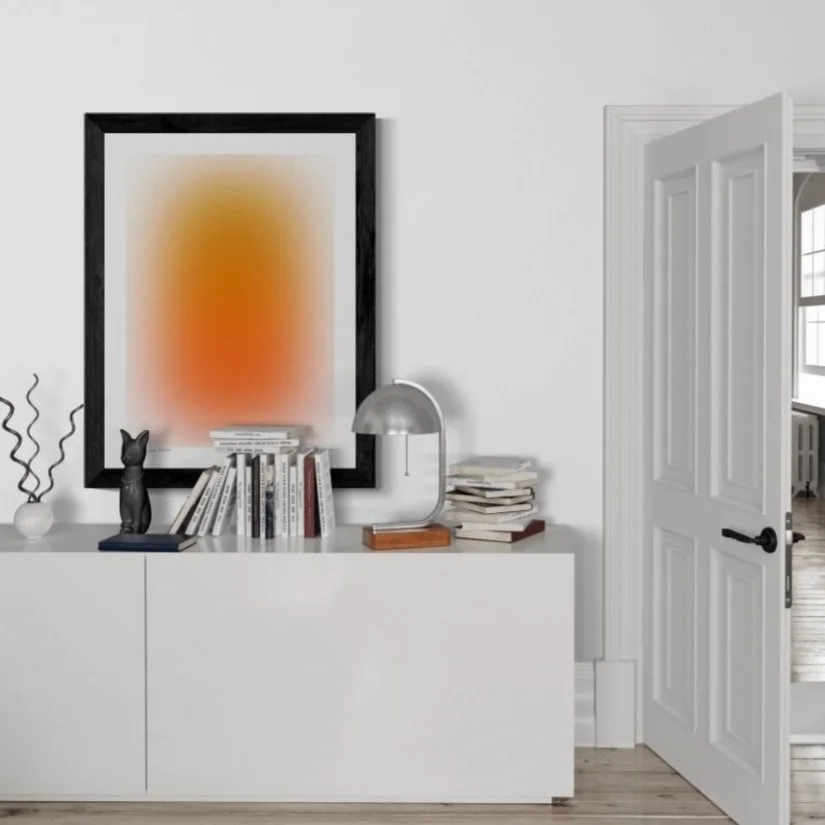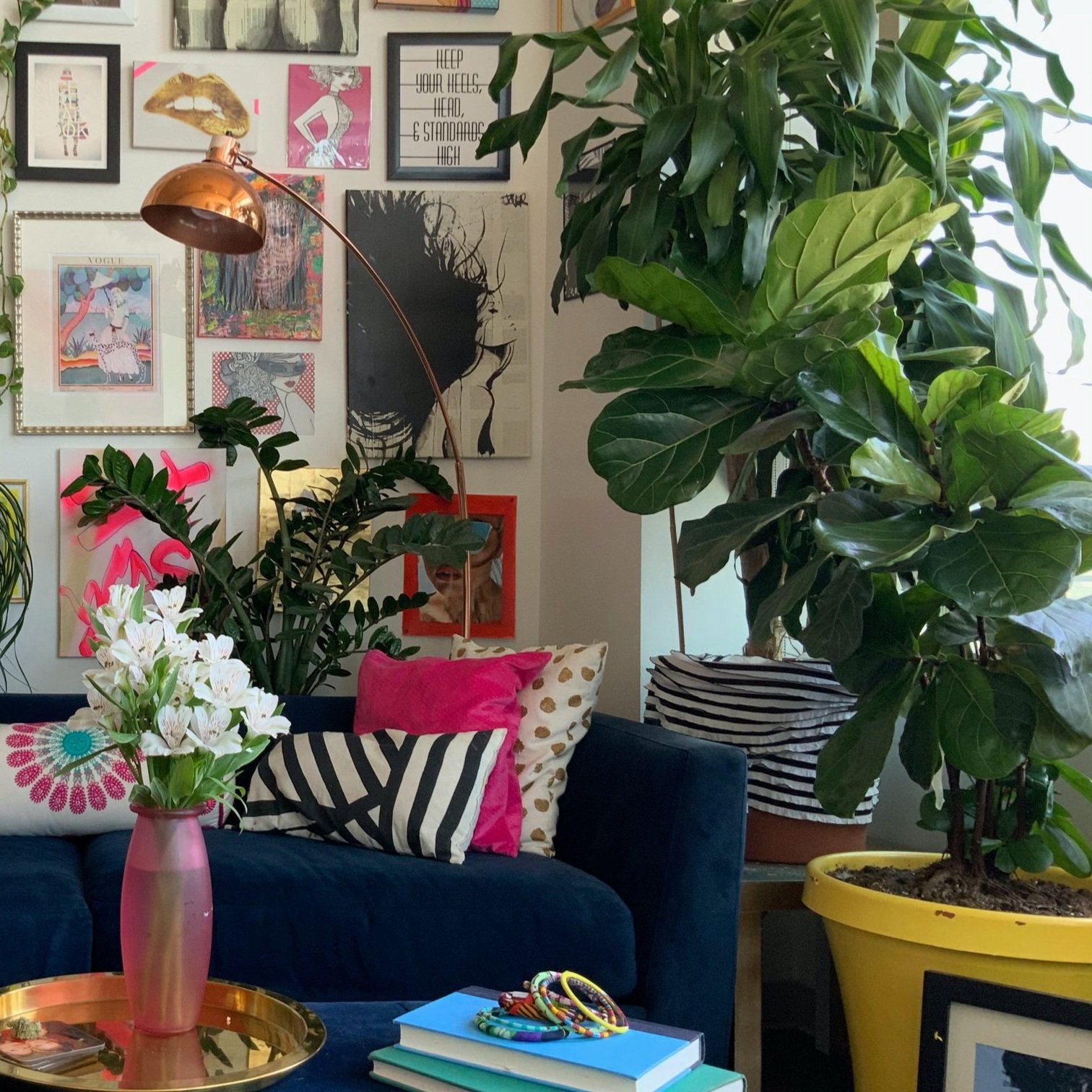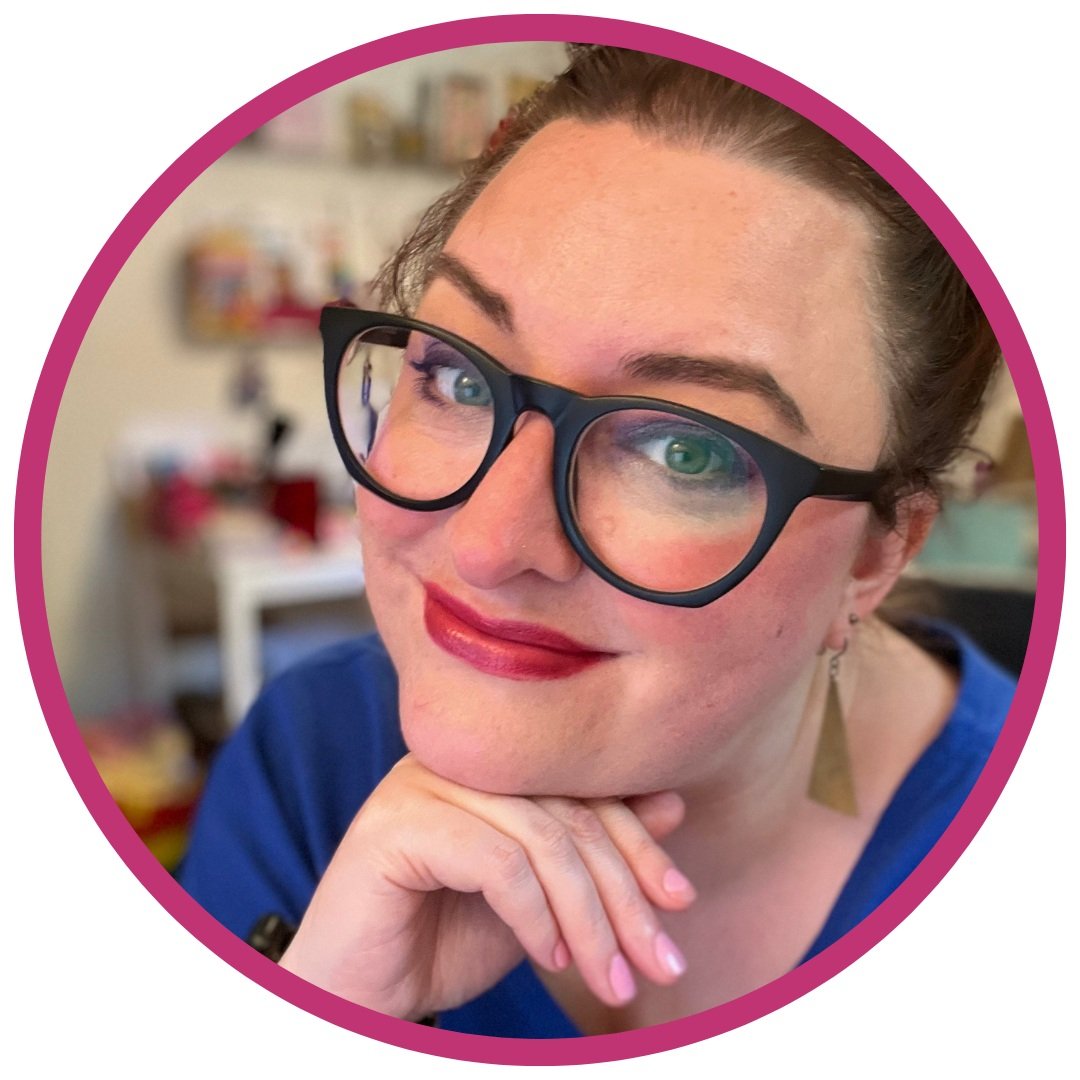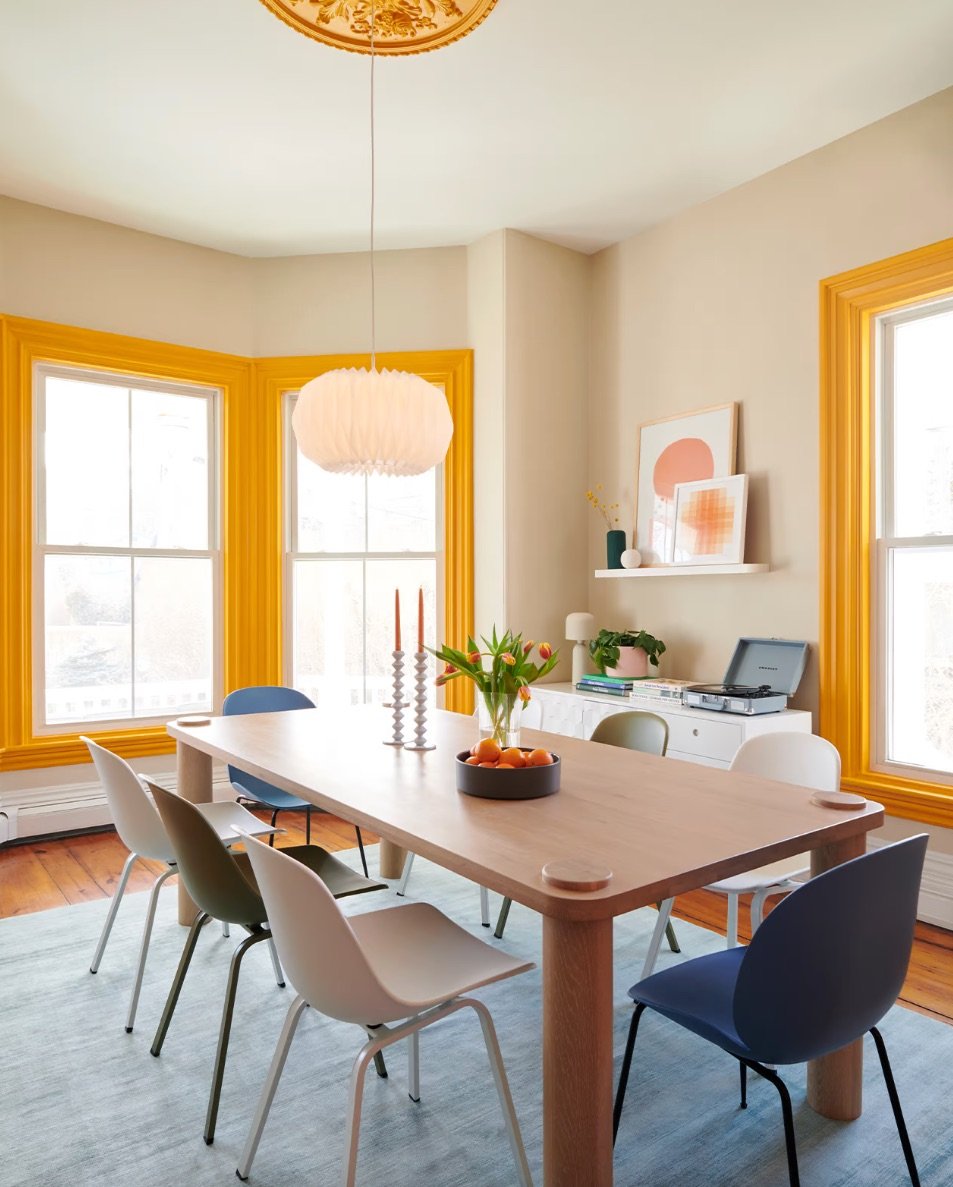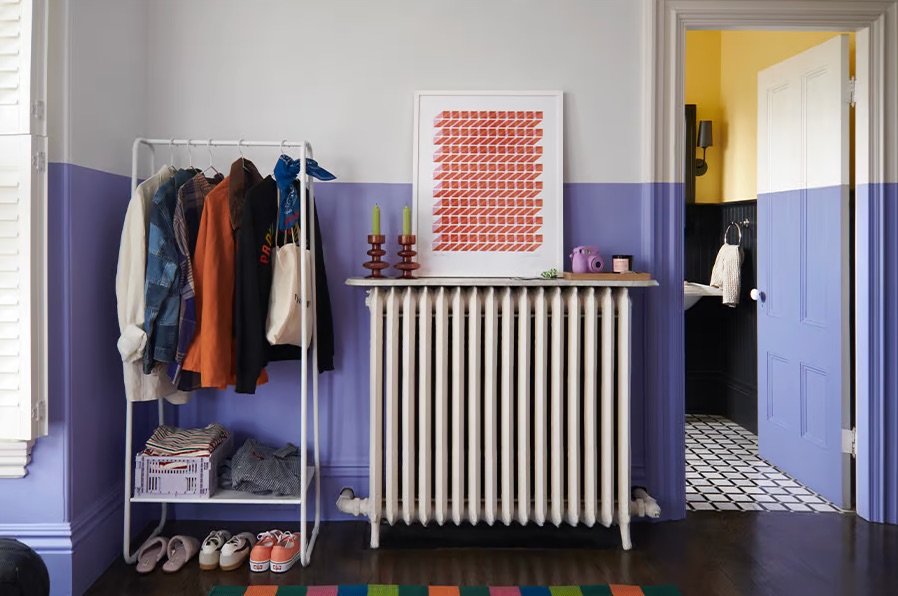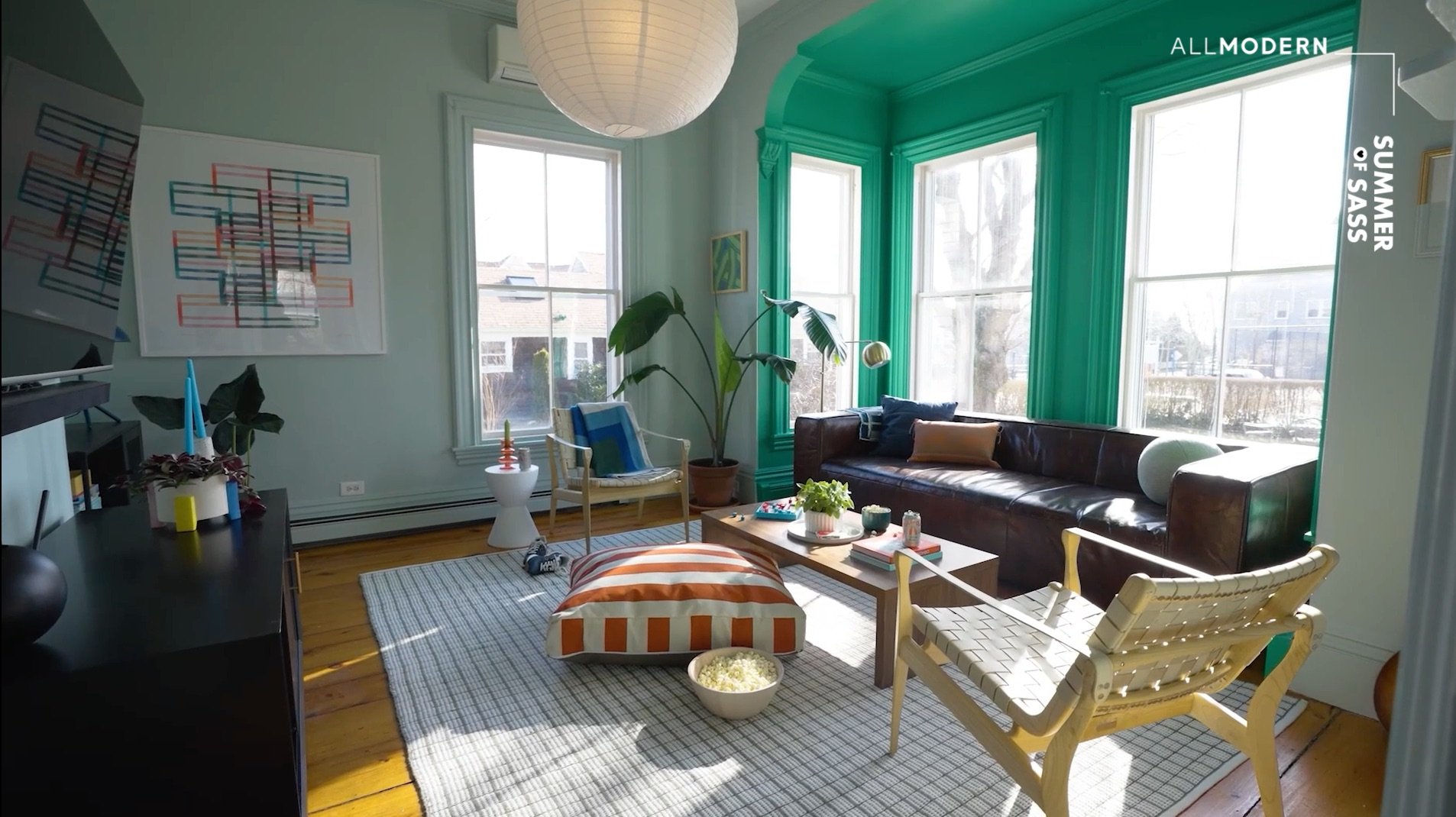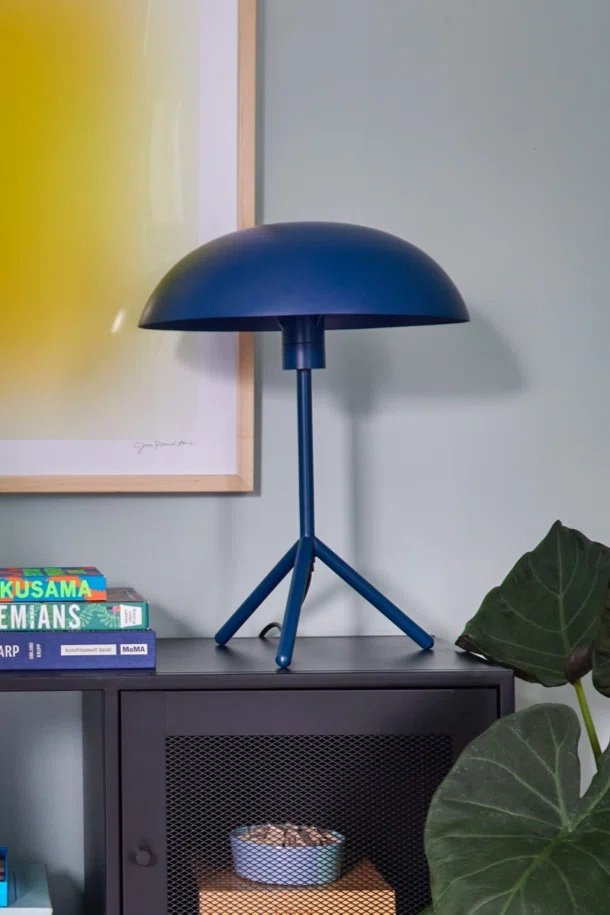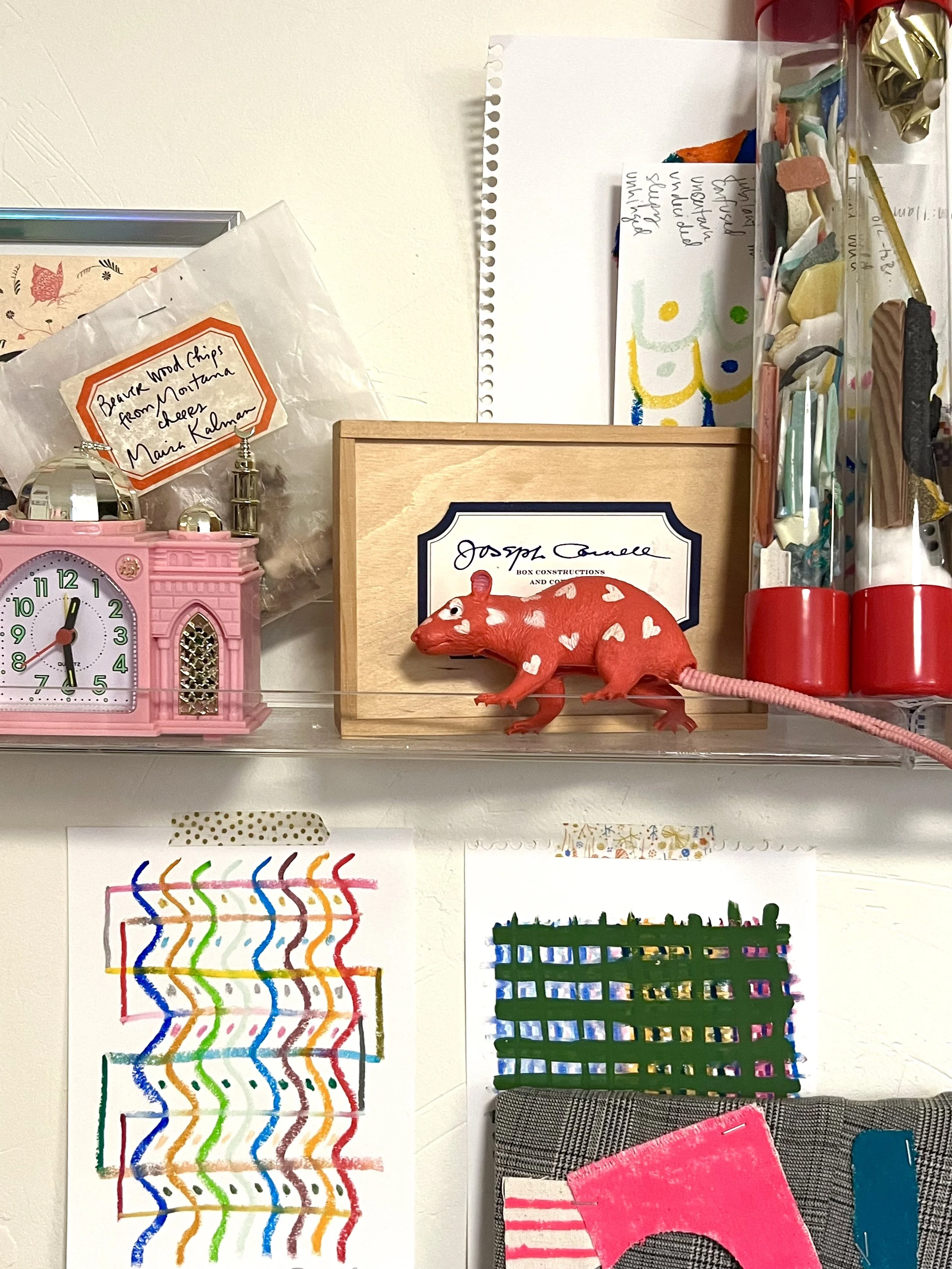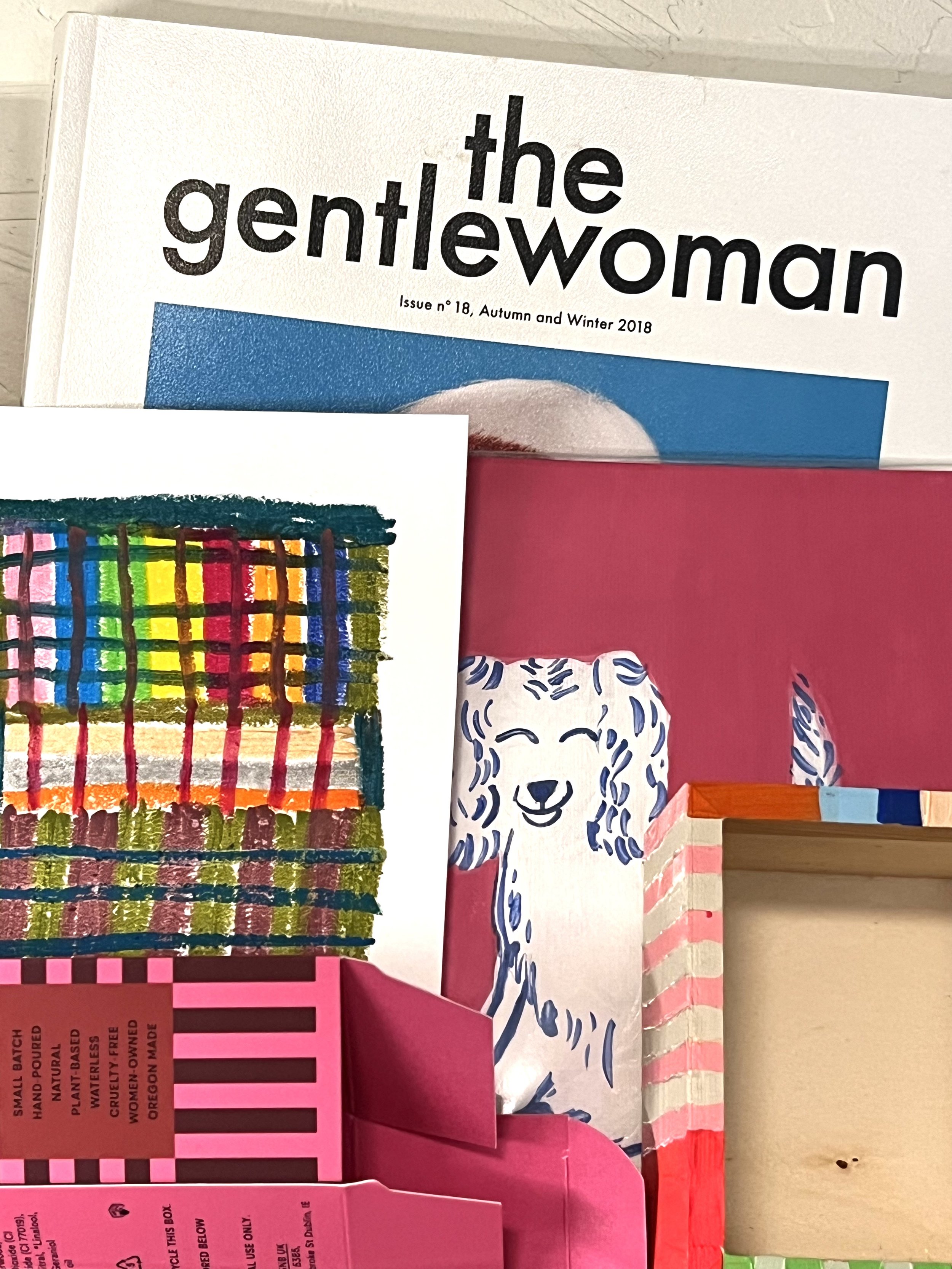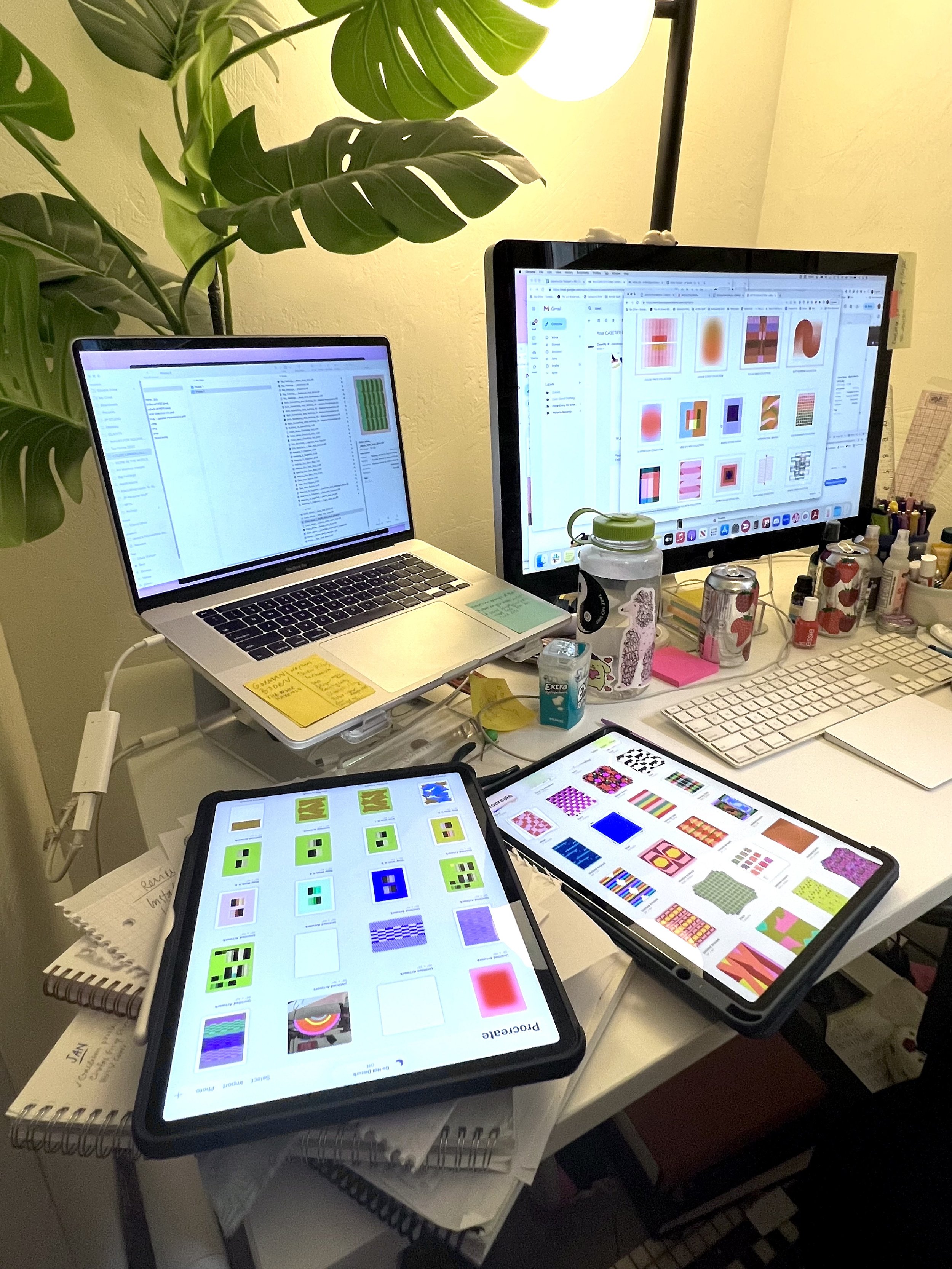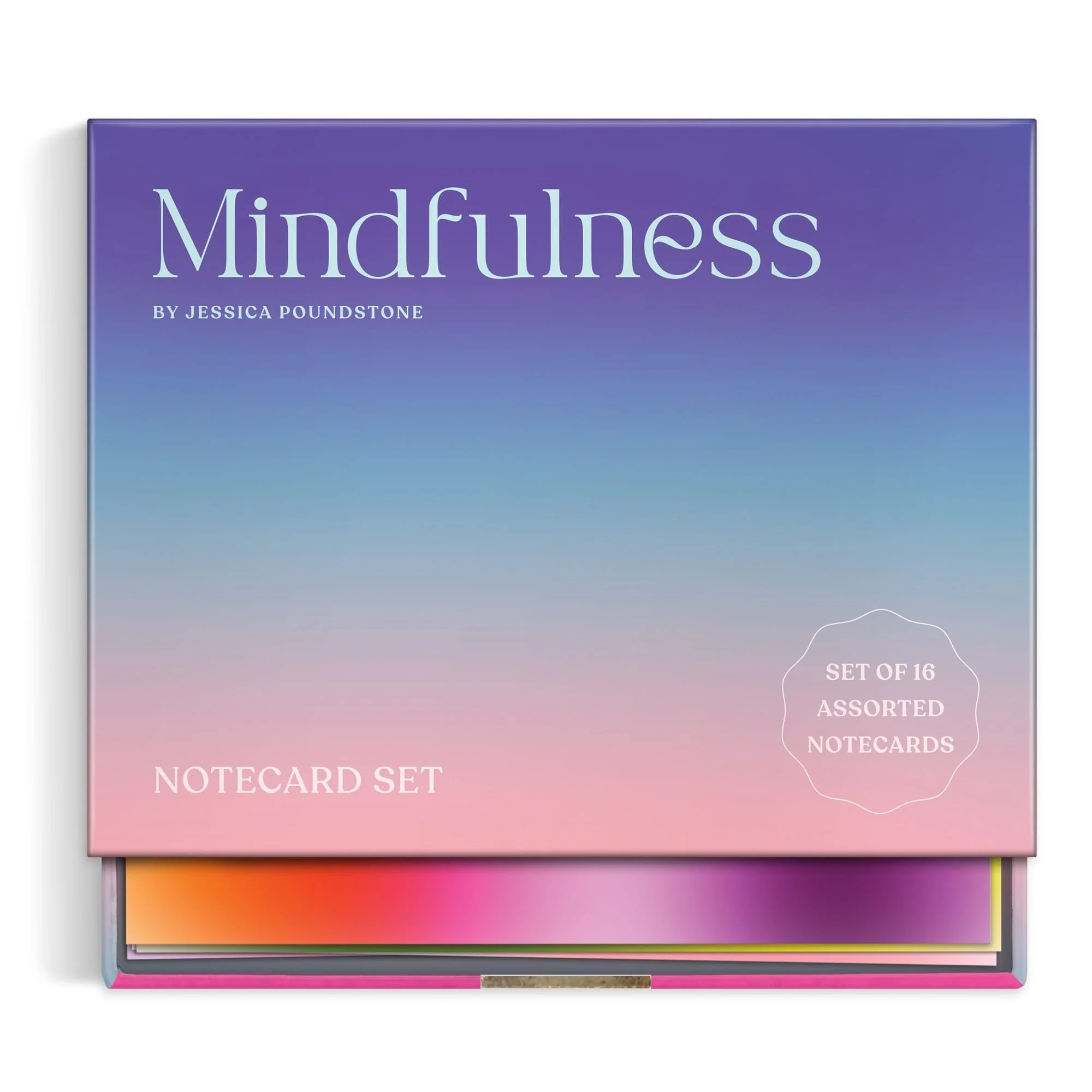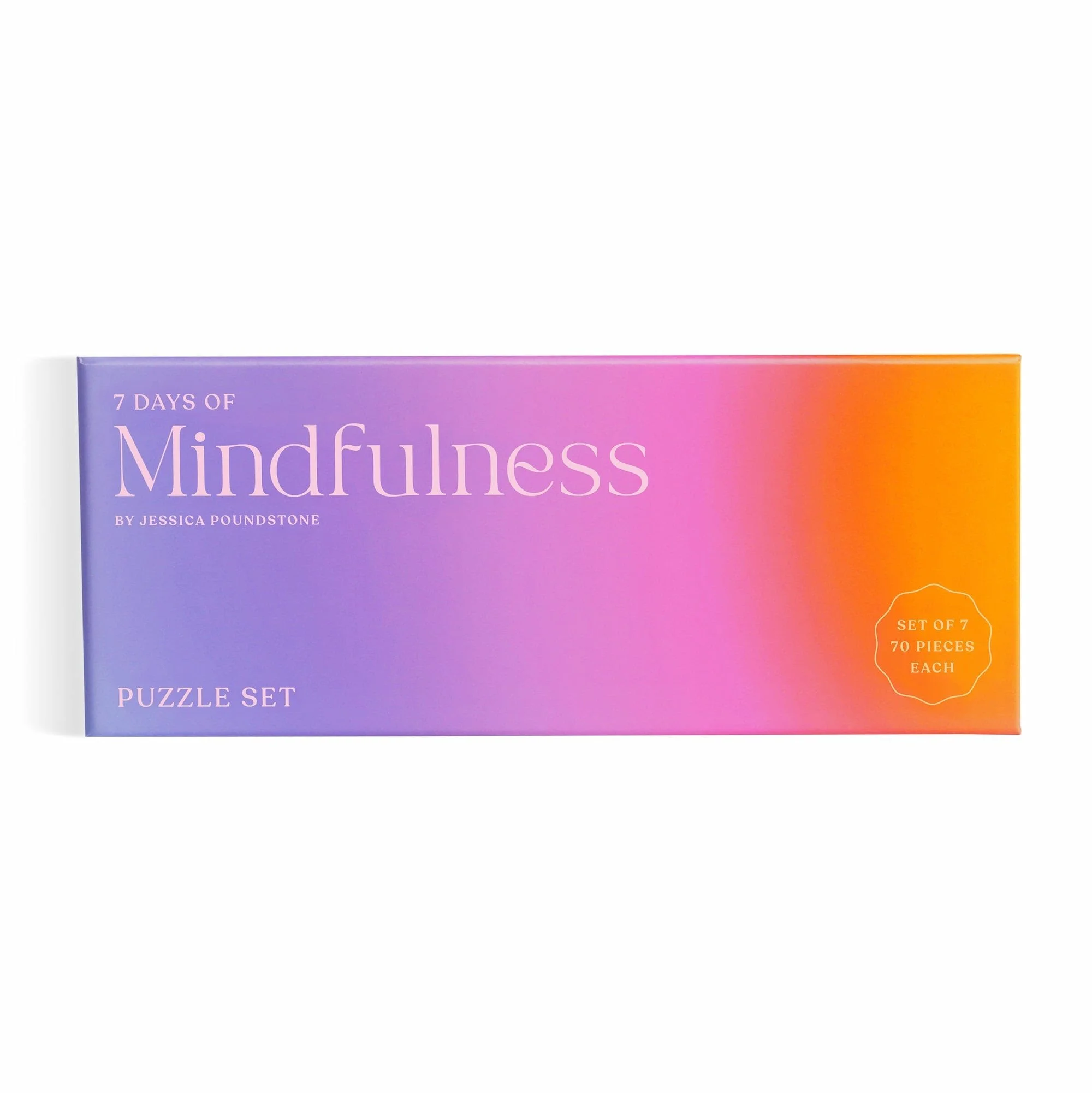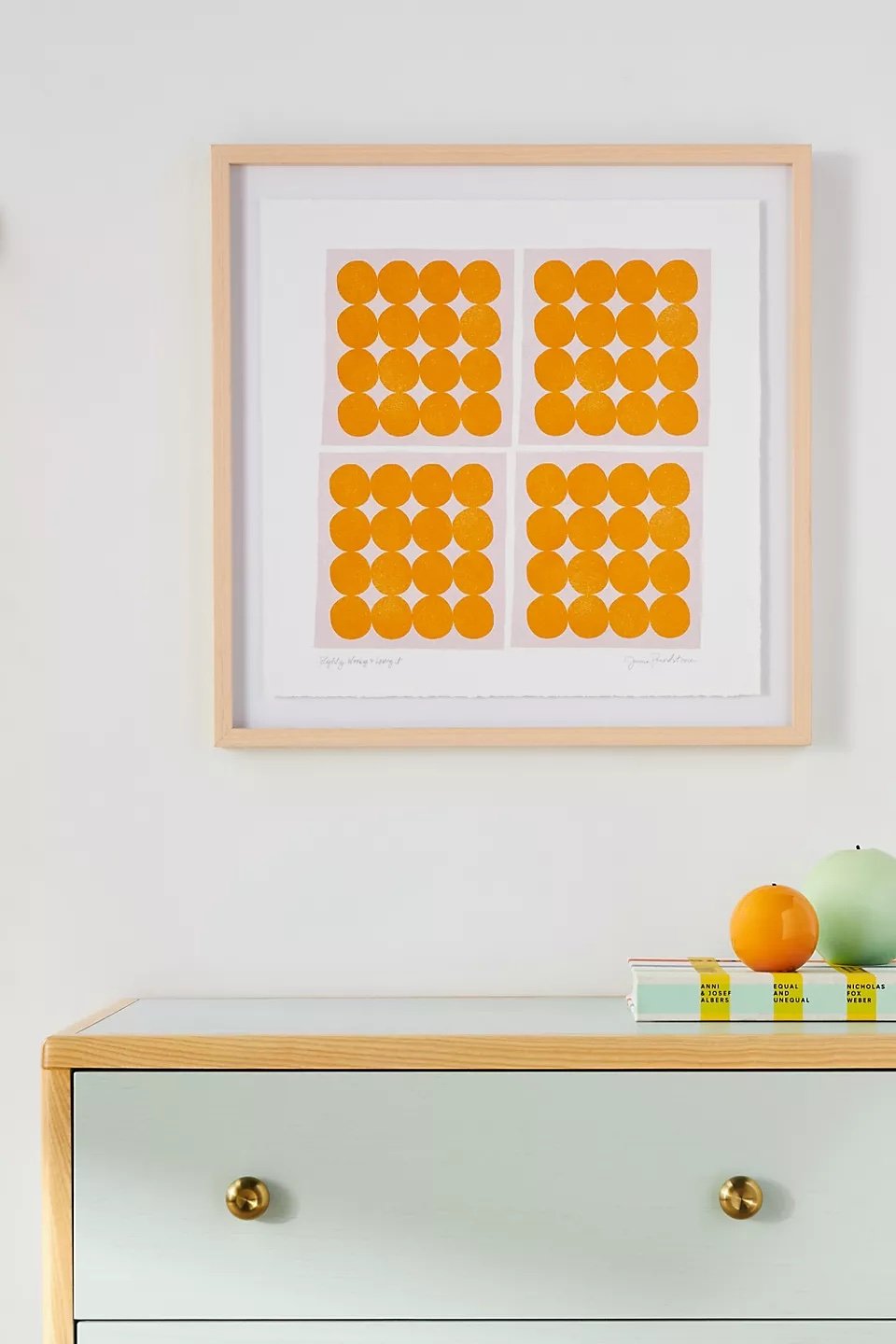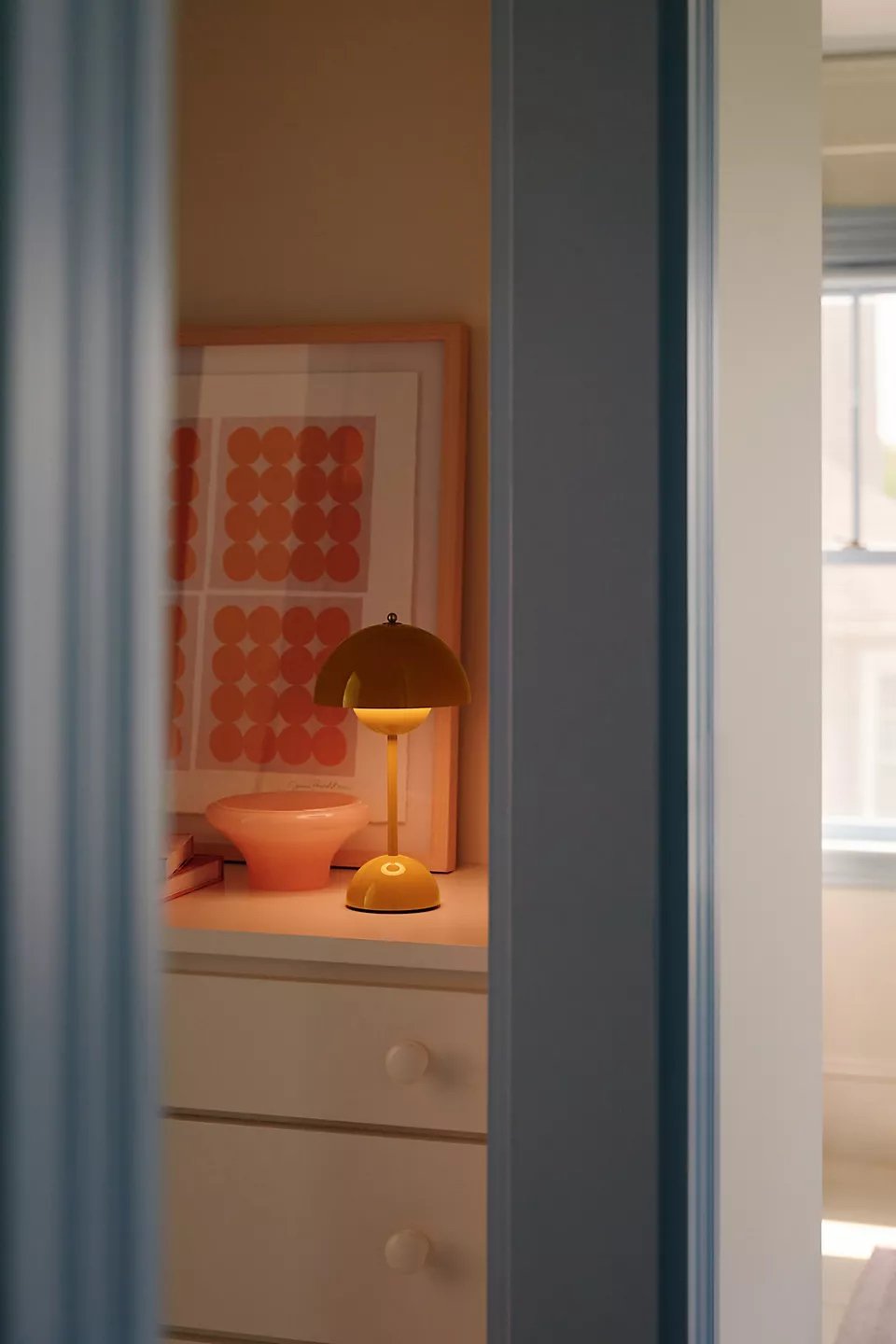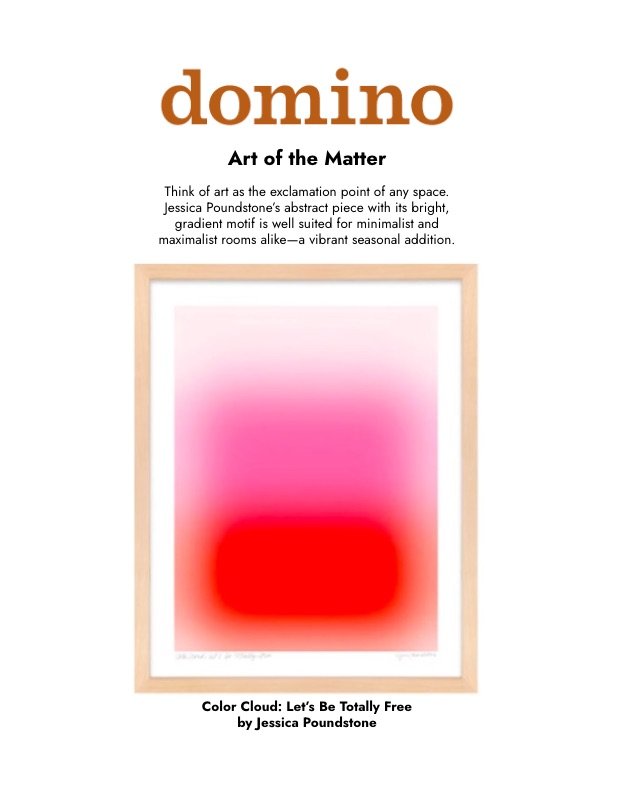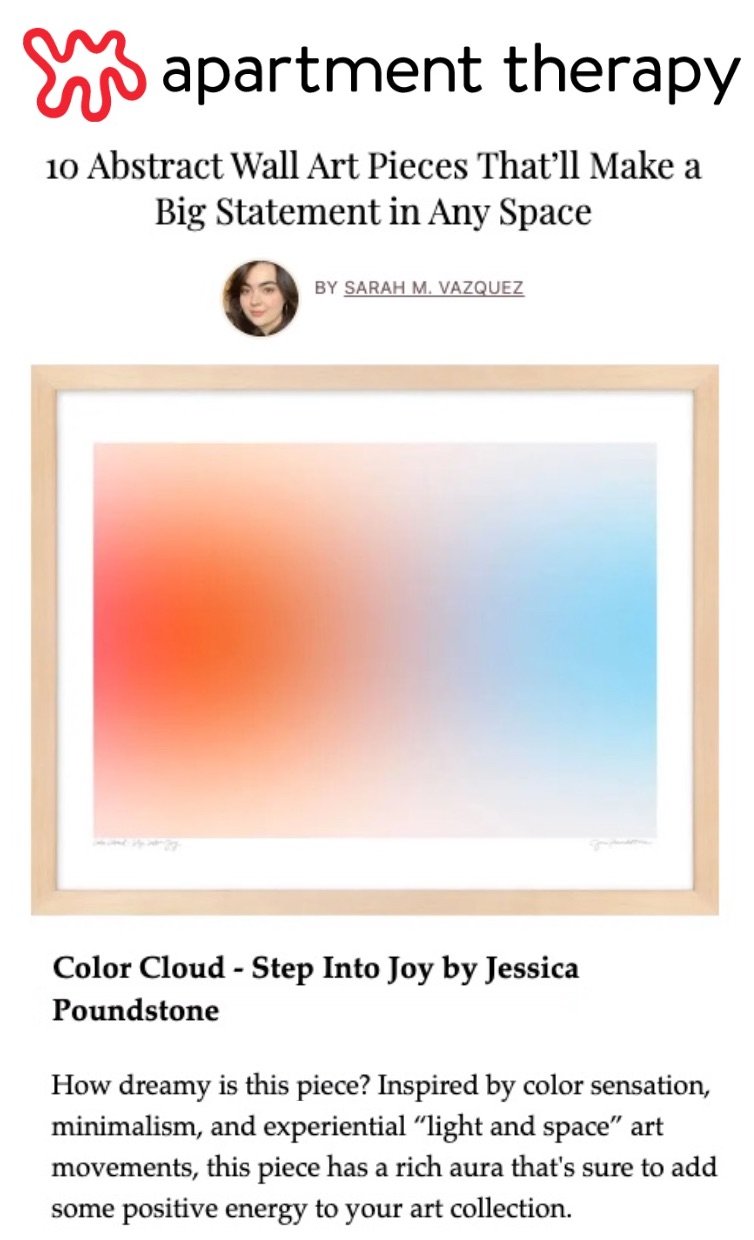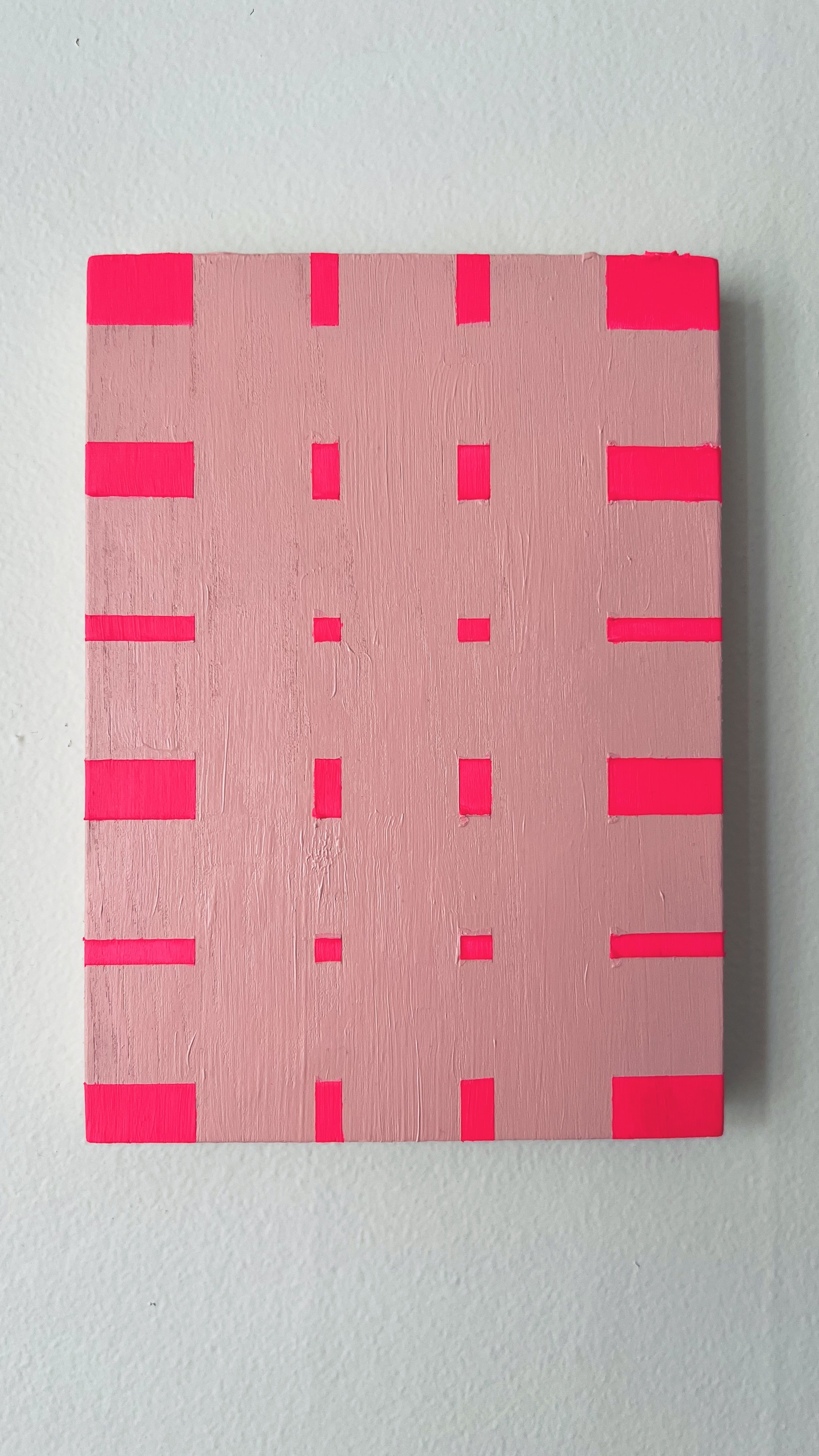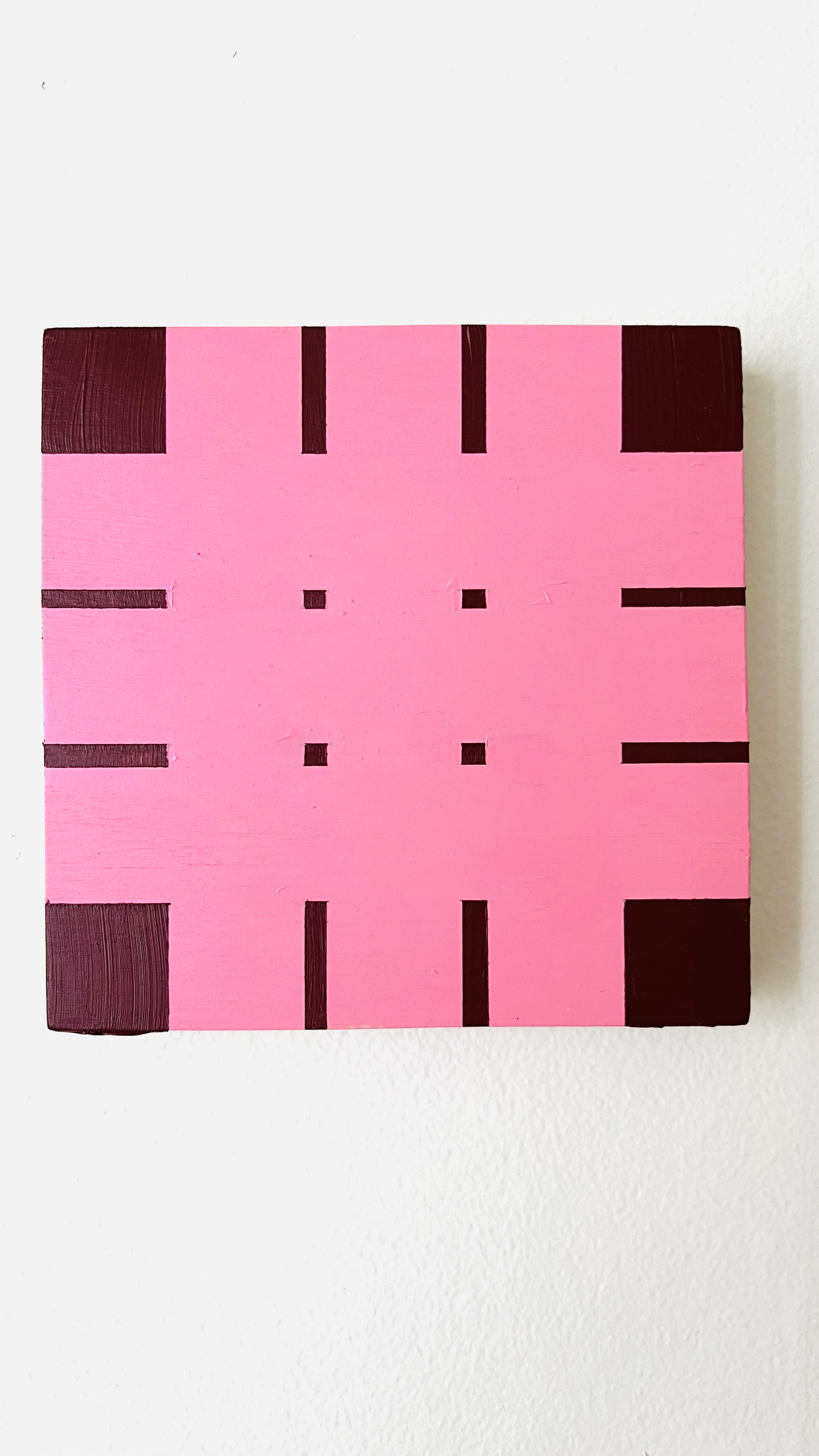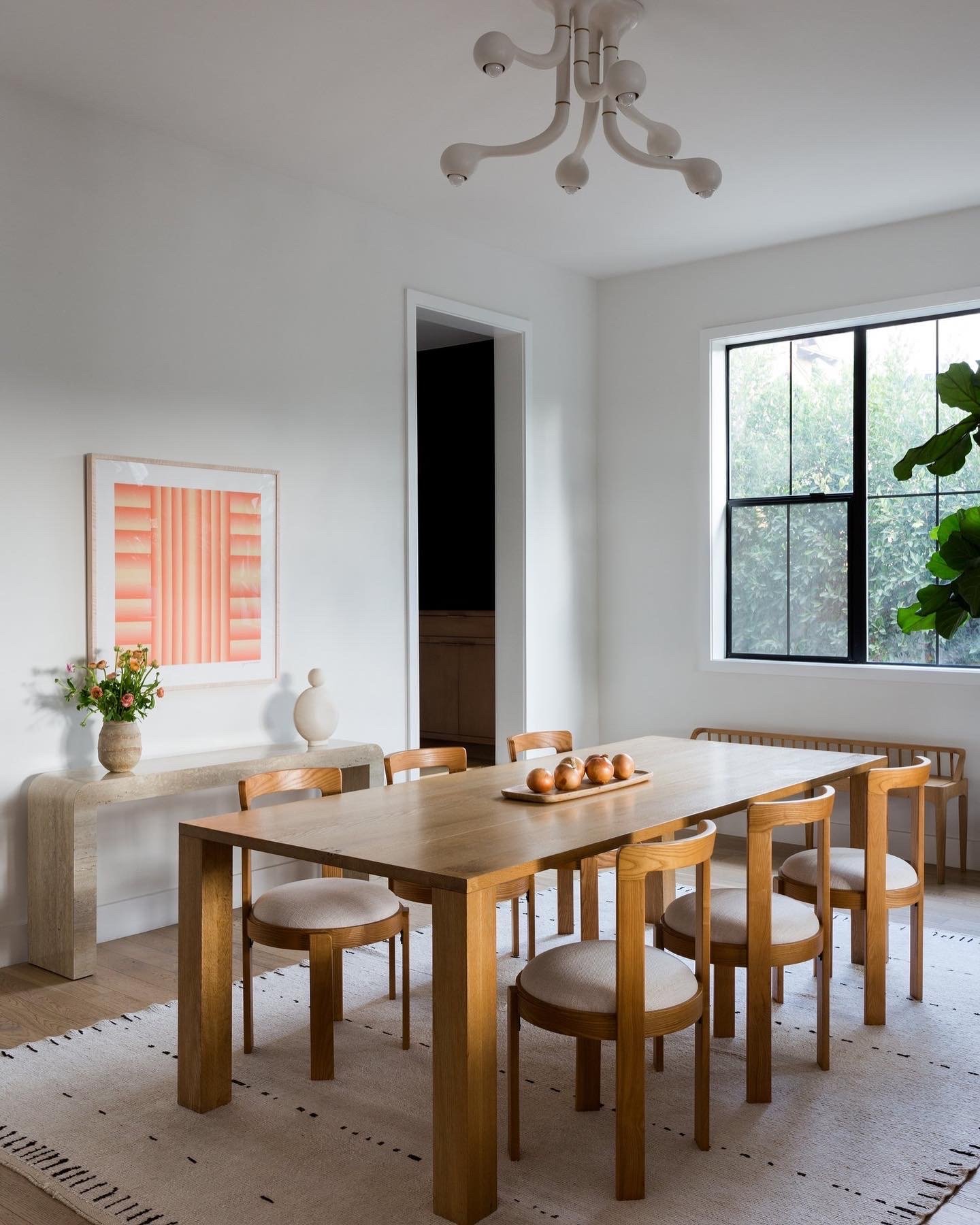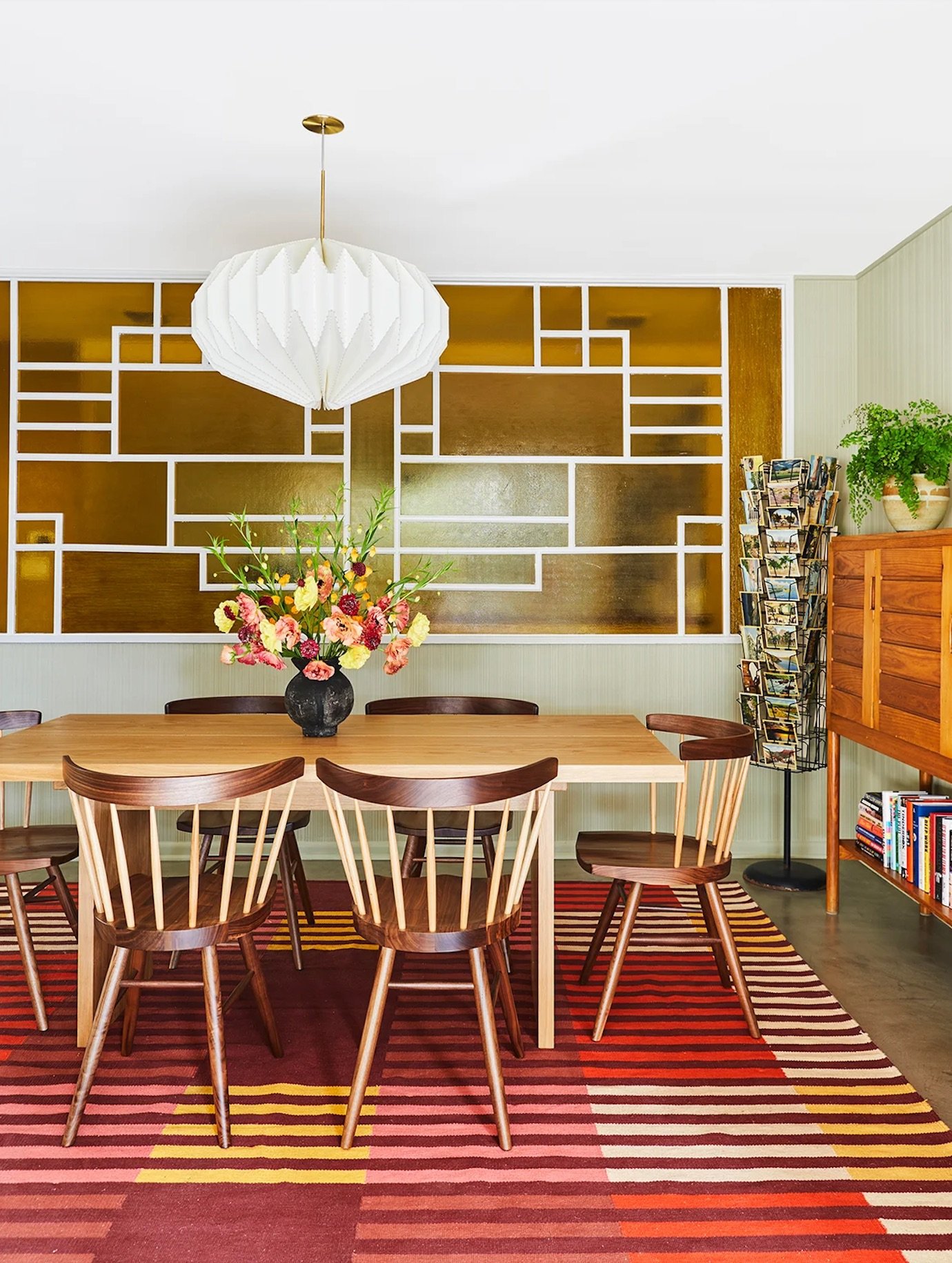I'm on the Freakonomics podcast "The Economics of Everyday Things" talking about Hotel Art! Hosted by Zachary Crockett, produced by Morgan Levey and with fellow guest Gavi Wolf founder of Indiewalls who I’ve worked with frequently (and love) and who recommended me! Thanks to everyone involved - it was so fun! Read the transcript below, listen to the 15-minute episode by clicking above, or here on the Freakonomics website — or wherever you get your podcasts!
TRANSCRIPT: “The Economics of Hotel Art” - Episode 76 of the Freakonomics Radio Show, “The Economics of Everyday Life”
Jessica Poundstone remembers the message that changed her life.
POUNDSTONE: It was a note through Instagram from an art advisory firm saying, “Hey, we love your work. We’d love to discuss using it in a hotel project that we’re working on. Get in touch.”
Poundstone makes her living as a visual artist, but at the time she was working as a creative director for a software company. The message was intriguing, so she did a little research.
POUNDSTONE: I was not familiar with the concept of art advisory firms at the time. And so I looked them up, quickly kind of understood their business model, and was like, “Wow, this is very cool.”
Today Poundstone works with a dozen art advisory firms. They help her sell her work to commercial spaces across the world — cruise ships, casinos, restaurants. And… hotels.
POUNDSTONE: Art in a hotel is everywhere when you really think about it. You go to the elevator, there’s a piece of art either behind you or next to you. Sometimes in the elevator itself there will be artwork that’s in the form of wallpaper or maybe a painted mural. When you get to your floor, there’s artwork on a little table or at the end of the hallway. And then you go into your room and there’s more artwork. Having stayed in many hotels and looked at a lot of hotel art felt like, my artwork would be nice to have in a room that someone was staying in. Instead of something that was just, I don’t know, boring, or worse, just terrible.
When you think of hotel art, you might imagine a generic photograph of a city skyline, or a bad take on an abstract painting. The stuff on the walls at most big hotel chains is bland and forgettable at best, and laughable at worst. But in recent years, hotels have been attempting to reverse this stigma.
WOLF: They really have to up their game in order to get people to come back to the properties. So, they’d rather have nothing at all than having something that makes people say, “That’s hotel art.”
For the Freakonomics Radio Network, this is The Economics of Everyday Things. I’m Zachary Crockett. Today: Hotel art.
* * *
A hotel can have hundreds, or even thousands, of individual pieces of artwork. And even though some of this art can sometimes seem like an afterthought, there are dedicated teams of people who spend a lot of time picking it out.
KETTRING: I like to refer to artwork as the jewelry of the space.
That’s Melanie Kettring, she’s the director of studio design at Best Western hotels.
KETTRING: We select all of the finishes and the furniture, and they’re all very important and critical to the space. But really, what helps a person feel the excitement or whatever mood we’re trying to inspire, it really is brought out through the artwork. Our go-to is 2 per guestroom, 3 in suites. Lobbies and public areas is really just driven on where it needs it.
Best Western hotels follow a membership model. This means that instead of each property using the same design prototype, each franchise owner is free to make their own interior design choices. Kettring’s team helps owners develop their taste. And she’s the first to admit that, historically, “taste” has been kind of a generous word.
KETTRING: For years it would have been stock photography or stock art — something that you’d see printed a million times. I’m thinking of a photo right now where you have the three rocks that are stacked. We’ve probably all seen that.
CROCKETT: The cairn.
KETTRING: Yes, cairn we’ve seen over and over again.
But Kettring says Best Western is one of many hotel chains that is trying to be more intentional about its artwork.
KETTRING: We’re trying to capture the local. That’s a lot of times what’s driving the choices in artwork. Perhaps it is black and white photography that then has colored overlays so it’s not just straight photography. Sometimes it is going to be more contemporary and have a different type of flair.
Finding artwork in local markets all over the country is a lot of work. And when Kettring needs help, she often calls in a consultant. Someone like Gavi Wolf.
WOLF: We help all different types of commercial properties to source artwork to tell the story of the property. So we do that for everybody from a hotel like a Hilton hotel to a corporate office, like a Sirius XM, or a Spotify, or an Amazon.
Wolf is the founder and C.E.O. of Indiewalls, an art advisory firm. He started the company 13 years ago as a side project. The original idea was to help cafés and restaurants sell the artwork on their walls.
WOLF: People do not buy artwork out of restaurants and cafés very often, so that is not a good idea — don’t do that, Zack.
The business pivoted many times. But it found a more promising direction when a hotel came to them with a proposal
WOLF: We had a property, actually the Andaz on Fifth Avenue in New York City, and they said, “We want to buy artwork for the suites of our hotel.” They had about $30,000 for the suites, for the artwork, and we said, “For $30,000 we’ll do kind of whatever you need us to do.” And we figured it out for them. And then realized there was this whole industry of artwork for commercial spaces and commercial buyers and what that really looked like.
For bigger projects, clients often bring Wolf in before the building is even constructed.
WOLF: So we’re getting in touch with them three years before the hotel’s even going to open and they’re like, “These are the concepts. There’s nothing there. You’ll just see a hole in the ground, but here’s what we need to start working on,” and we need to do everything soup-to-nuts. The first person to reach out to us is the designer. So this owner of this hotel has hired a design firm to design the whole hotel. And that design firm is reaching out to us and saying, “Here’s the narrative we’re trying to create for this property.” Here’s the history of the property. We’re then starting to propose artwork that we believe fits their storyline, so we go back and forth with them a bunch. And then at some point the owner is going to say, “Yes, I love this work. It fits in my budget. It tells the story the way the designer likes it.” Now we have to get signoff from the brand. We’re trying to get it to that point where the budget, the design, the story, the brand guidelines all match up to then get them to a place where they’re ready to order the pieces. Then they order from us and we do the fulfillment of the whole thing.
Wolf says that there are a few general rules for selecting hotel art that apply to most clients.
WOLF: Artwork with a lot of words in it and text is often not going to be a fit for commercial properties, because they don’t want to be too specific in telling people a message. Literal faces of people — also not a big thing. Usually in a hotel you’re trying to work to combine the aesthetic of the artist and their abilities with the design and aesthetic of the hotel.
No matter what art gets chosen, it typically gets ordered in very large volumes. Melanie Kettring says that, at Best Western, a franchise owner often reuses the same art throughout the building.
KETTRING: Occasionally they would like to do something different if they’ve got a honeymoon suite. But the most economical is to just do the same in all rooms.
CROCKETT: And how many rooms does a Best Western have on average
KETTRING: Average is about 80 to 100 rooms.
CROCKETT: Okay. So if you find a piece of art that fits the owner’s aesthetic they’re looking for, the price is right, you might be ordering, you know, something like 80 prints of that particular piece of art for one hotel?
KETTRING: Yes. You can also use the same piece of artwork on each floor. So you may have seven pieces running down a corridor and those can be duplicated on floors two and three. A rule is that you would not duplicate a piece on the same floor.
Ordering all of this art is very expensive. And it’s the hotel owner’s responsibility to foot the bill. At Best Western, the average spend is around $500 per room. That usually works out to something like $15 to $50,000 per hotel. Wolf says this is actually closer to the lower end of what he’s seen in the business.
WOLF: At the higher end brands, you could be spending between $500,000 to $1 million on the artwork for your whole hotel. Kind of mid-range, some of what we see as standard for the types of projects we often work on, it’s in the $150,000 to $250,000 range for the artwork in the hotel. And then it can go down — you know, when you’re working on brands like a Candlewood Suites, which are really select service, they’ll spend anywhere from $15,000 to $25,000.
Consultants like Wolf are generally paid a percentage of a hotel’s artwork budget. But landing a big hotel job is also a nice payday for the artists. That’s coming up.
* * *
When Jessica Poundstone first started making art, her process was pretty rudimentary.
POUNDSTONE: I was living in a very, very small apartment with my husband and two small children, and there was really no room for me to have studio space anywhere. And so me on the couch with my phone was a very manageable footprint.
She used a program called Brushes to make abstract images.
POUNDSTONE: It was around the time that David Hockney was making work on an iPad and exhibiting it in very fancy museums. And I thought, “Well, if David Hockney is going to do this, why should I pooh-pooh it?” And it was one day on the bus, on my way to my day job that I hit upon a structure, a style that felt like exactly what I wanted to say.
Poundstone knew that if she wanted to make art her full-time job, she needed to minimize risk and find multiple revenue streams. She now makes her living in several ways.
POUNDSTONE: I would say it’s around 30 percent from art advisory firms. Another 30 percent from licensing and 30 percent direct sales. Ten percent miscellaneous — this and that.
Her work is geometric, with bright bold colors and purposeful structure. It lends itself well to a hotel setting since it has no faces and no text. Working digitally also makes pricing for a commercial setting relatively easy.
POUNDSTONE: The usage, the size, and the volume are the three major factors. If it’s a one-time printing of something, for example, a hotel lobby, the price will be different than it would be per piece. For, let’s just say a 20-by-20 piece of art that’s going to go into every room in a hotel, depending on the number of stars the hotel has, or if it’s a boutique hotel or maybe a lower end hotel. But somewhere between $7 and $20 per piece — that’s generally the range that I’ve worked with.
At this point in her career, Poundstone has a lot of experience with commercial projects, but she still goes through consulting firms, including Gavi Wolf’s company, Indiewalls. When a hotel is interested in one of Poundstone’s pieces, Wolf works out all the financials — the cost to make the piece of art, print it, and frame it — and then he pays a licensing fee directly to Poundstone.
WOLF: For volume pricing, it could range from, at the very low end, when the volume is very high, you know, a few dollars apiece — $10 to $20 to $30 a piece licensing is maybe a little more standard for kind of an average quantity, average sizing.
When you scale that up to a few hundred prints for a hotel, these licensing deals can be a pretty good gig for an artist.
WOLF: Even if it’s just, you know, $3 a piece and you have 100 pieces in each hotel, $300. And if they’re doing 200 of those hotels a year, that would be $60,000 a year and they wouldn’t have to do anything, they’d just get, like, a licensing fee.
There are several practical reasons an artist typically has to go through an art consultancy, rather than work out a deal with the hotel directly.
WOLF: There’s several different barriers they would hit in doing that. They’d want a volume pricing deal. The artist might not even know what to do for volume pricing. In terms of the framing, you also have to be able to do volume framing. And even the way that the frame is installed on the wall is done specifically to commercial grade. It has something called security hardware on the back. So if you’re in a hotel and you’re trying to take a piece of artwork off the wall, it should not come off the wall.
CROCKETT: Is that just a safety issue — like, a painting needs to be bolted to the wall or something?
WOLF: It’s actually not a safety thing. You would just be surprised at how many people steal things out of hotels. We did artwork for a hotel and we did it into a brick wall. Somebody actually ripped the piece off of the wall and took out parts of the brick with the piece. So just like, stole it that way.
CROCKETT: That is a very low stakes art heist.
WOLF: Very. Right. They are not going to sell that piece anywhere. Maybe the hotel bought it for a couple thousand dollars, but they’re not going to be able to resell it for anything.
Poundstone appreciates not having to think about things like theft-proof wall mounting.
POUNDSTONE: Generally a project manager at an art consulting firm will get in touch and say, “Hey, we’d like to present your work to our client for their consideration. We’re thinking of these five pieces.” They’ll come back to me and say, “Great. The client loved your work. They want to move forward. We’ll send you their color palette.” They’ll give a timeline. Often these timelines for projects, by the way, are very, very long. Like maybe a year, maybe more.
The designer might ask Poundstone to change the colors in her work to fit with the rest of the interior.
POUNDSTONE: If it’s a piece that’s just one color, it might be changing it from a blue to a different color of blue, or from a blue to a rust. I’m happy kind of having this creative director mindset about it. The advisory firm and the hotel are the clients, and we can make something that works within the structure of what I have created.
This is the kind of mentality Wolf generally looks for when sourcing artists for his creative arsenal.
WOLF: One of the things with artists is there’s just their literal work, but there’s also working with them as just a partner. How flexible are they? How fast are they with responding? Artists often don’t think of themselves as businesses, but they are, and they need to sell it.
But even the most flexible artist will sometimes hold her ground.
POUNDSTONE: My work is pretty bright. It’s a lot of saturated colors. And so a couple of times projects have come up where they’re like, “They’re wondering if you could like tone all these colors down and make it more neutral.” And I’ll just kind of be like, “You know what? I think you’re probably looking for just a different artist.” I’m not going to like it. I don’t want to do it.
* * *
For The Economics of Everyday Things, I’m Zachary Crockett. This episode was produced by Morgan Levey and Sarah Lilley, and mixed by Jeremy Johnston. We had help from Daniel Moritz-Rabson. And thanks to listener Steve Reisman, who suggested this topic. If you have an idea for an episode, feel free to email us at everydaythings@freakonomics.com. Our inbox is always open. All right, until next week.
CROCKETT: Believe it or not, there probably are people out there who don’t really notice all of this artwork.
WOLF: Oh, I believe it.

